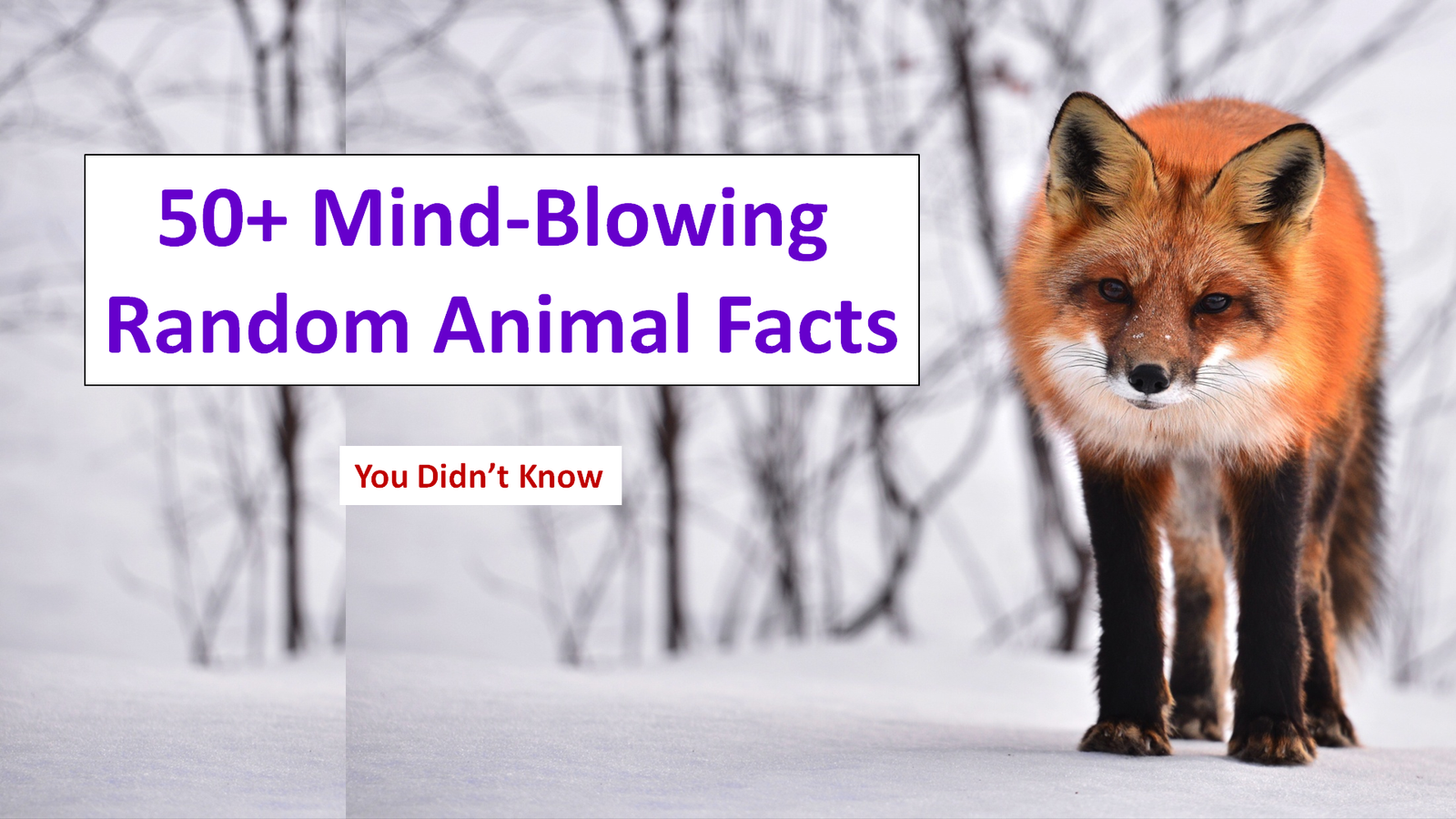
50+ Mind-Blowing Random Animal Facts You Didn’t Know
Discover 50+ mind-blowing random animal facts that will surprise you! From astonishing mammalian behaviors to bizarre marine creatures, discover the most fascinating and unexpected truths about the animal kingdom in this fun and educational blog post.
The animal world of our planet is a vast, mysterious and fascinating one full of mysteries and a rich biodiversity with creatures of all shapes, sizes and abilities. From the smallest insects to the largest mammals, every animal has its own unique story, and many have qualities and behaviors that are truly extraordinary. While we think we know a lot about the animal world, there are countless facts that continue to surprise even the most knowledgeable wildlife enthusiasts.
Have you ever wondered why giraffes have blue tongues or how octopuses escape tight spaces? Did you know that some birds can mimic not only other animals, but also man-made sounds like car alarms and chainsaws? The wonders of the animal world are endless, and today, we’re diving into some of the most mind-blowing, random facts you probably didn’t know about.
In this post, we’ve compiled a collection of 50+ amazing animal facts that showcase the incredible diversity and adaptability of creatures around the world. From mammals and reptiles to birds, insects, and marine life, these amazing facts will give you a whole new perspective on the natural world.
So, whether you’re an animal lover, a trivia buff, or just curious to learn about the amazing wonders of nature, Animals is the perfect place for you. You’ll be amazed to read these amazing animal facts that will make you say, “I never knew that!” This post will be so interesting for you that after reading this post till the end, you will definitely share this treasure of amazing knowledge and interesting facts with your friends, family and fellow animal lovers.
Fun and Surprising Mammal Facts
Mammals are some of the most recognizable and diversely beloved creatures on Earth. Whether they are furry, aquatic or adapted to flight, mammals have evolved unique characteristics that make them stand out. In this section, we will discuss 10 incredible and lesser-known facts about mammals that will surely surprise and delight you.
1. Polar Bears Have Black Skin Under Their White Coats
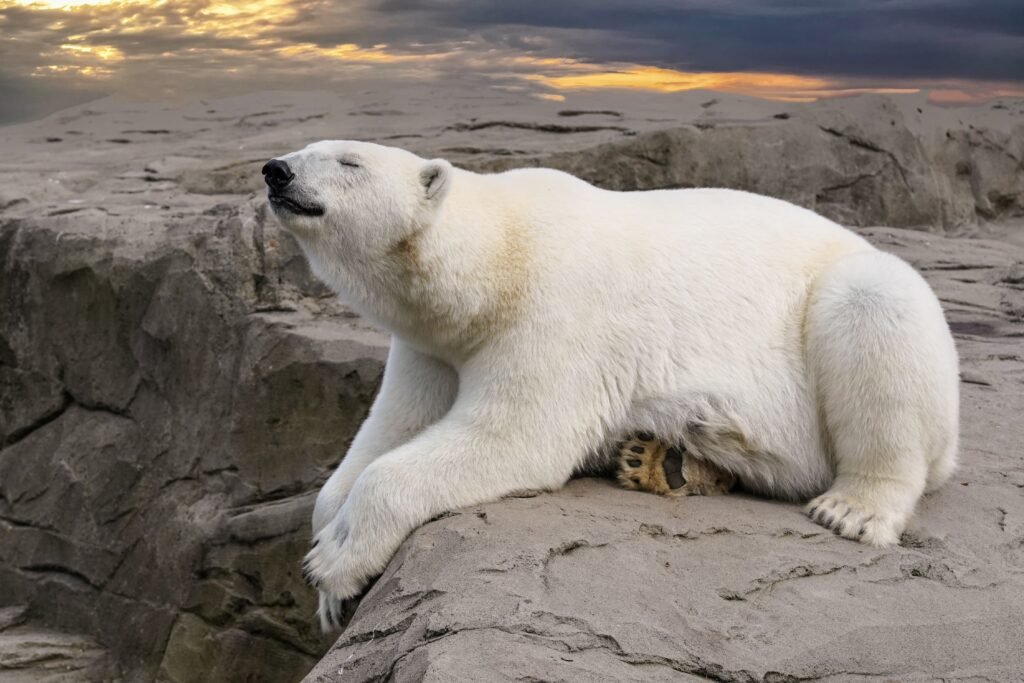
Most people think polar bears are completely white, but did you know that their skin is actually black? The white fur we see is translucent and reflects light, making it appear white. This adaptation helps them blend in with the icy Arctic landscape, while their black skin absorbs heat to keep them warm in the cold temperatures.
2. Sloths Can Take Up to a Month to Digest Their Food
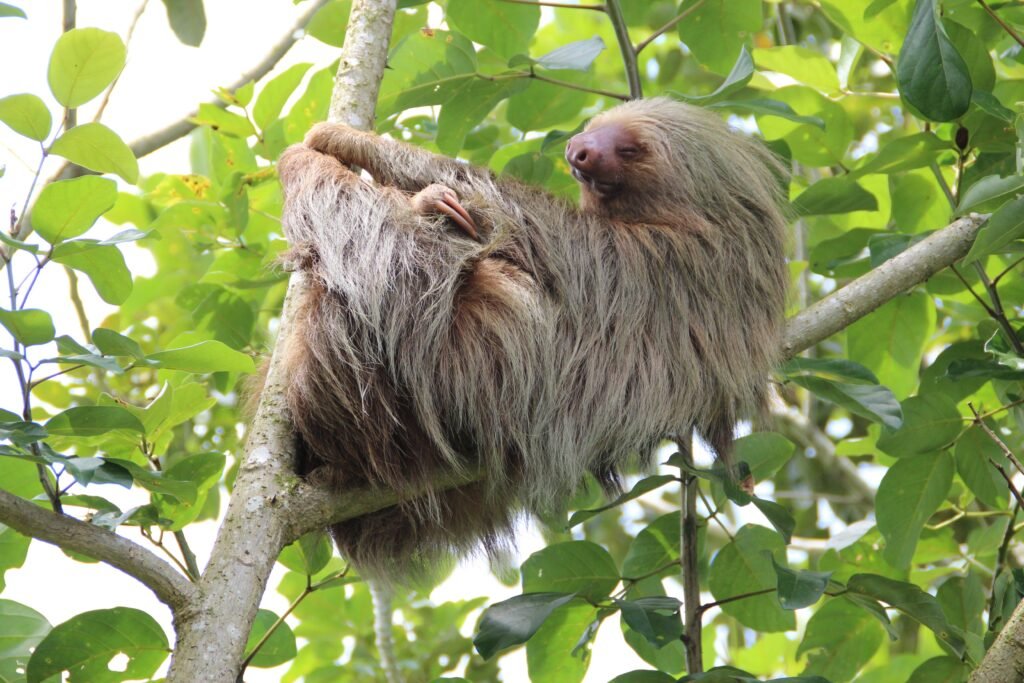
Sloths are said to be slow, but their sluggishness isn’t just limited to locomotion. They also have one of the slowest digestive processes in the animal kingdom. Sloths can take up to 30 days to digest a leaf, as they have a low metabolic rate and a stomach designed to break down tough plant material.
3. A Kangaroo Cannot Walk Backwards
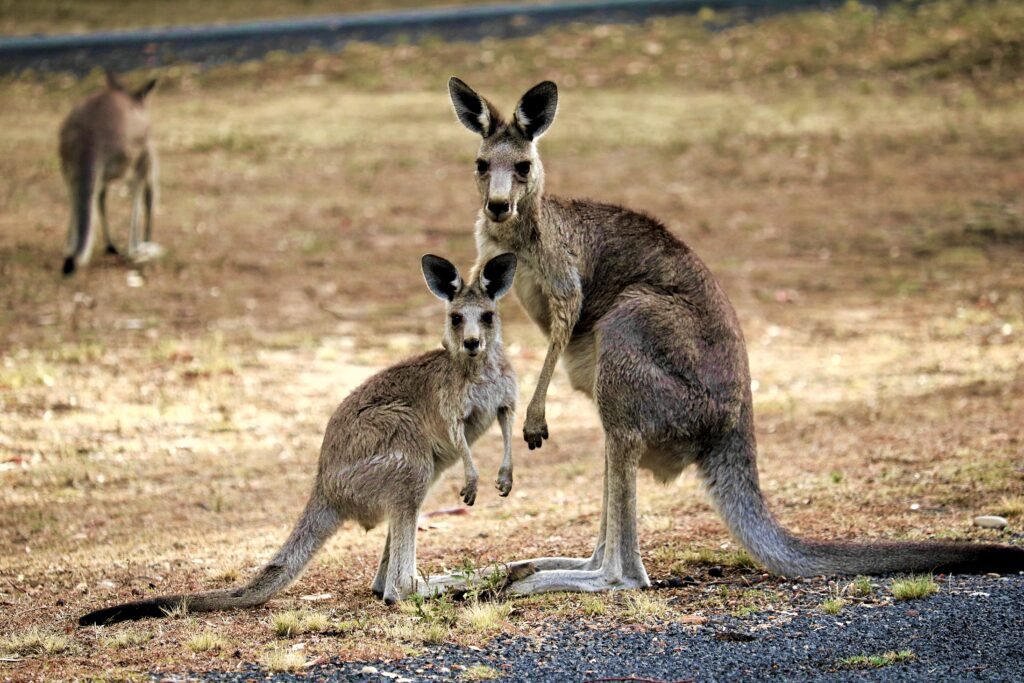
Kangaroos are known for their powerful leaps and great hopping, but here’s an interesting fact: kangaroos can’t walk backwards! Their muscular tails and strong hind legs make walking backwards nearly impossible. This unique trait is why they are featured on the Australian Coat of Arms, symbolizing forward progress.
4. Dolphins Sleep with One Eye Open
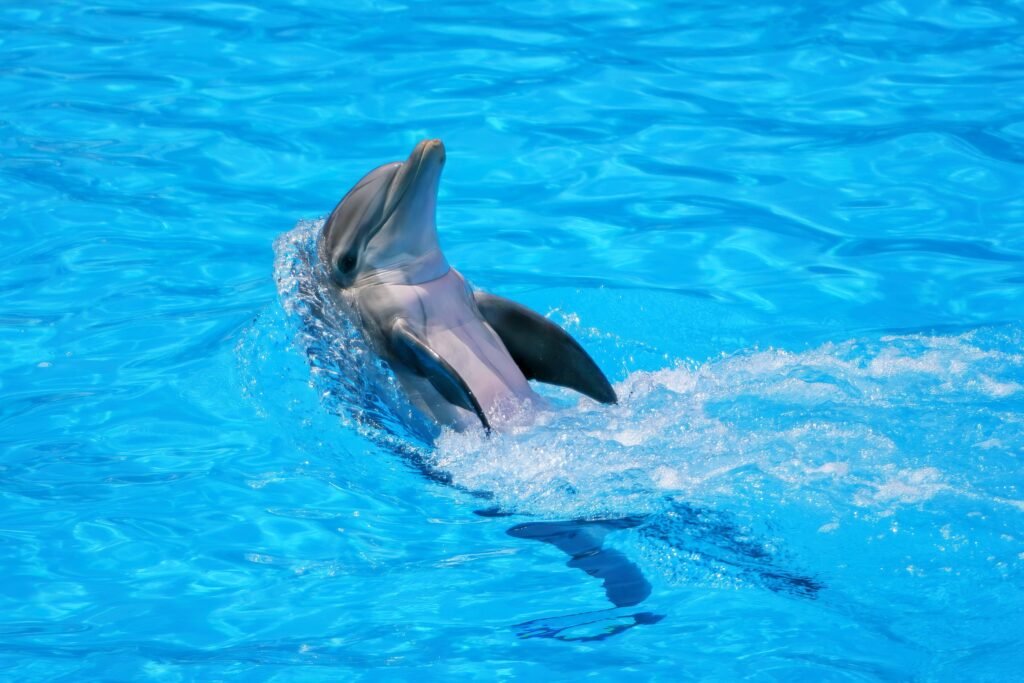
Dolphins are intelligent and playful mammals, but did you know they sleep with one eye open? Dolphins have a unique sleep pattern that allows them to sleep with one eye open. This pattern is called unihemispheric slow-wave sleep. This unihemispheric slow-wave sleep pattern is one in which half of the dolphin’s brain is active and the other half of the brain enables it to rest. This allows them to stay alert for predators and come up for air even while they’re asleep.
5. Platypuses Don’t Have Stomachs
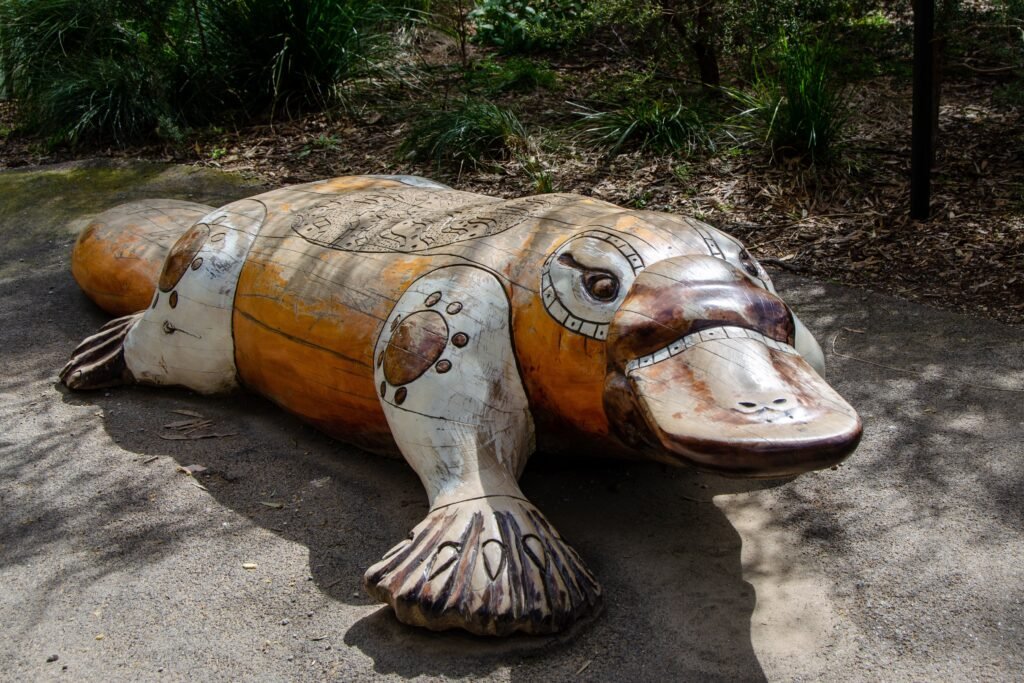
One of the most unusual mammals, the platypus has a surprising digestive system: it has no stomach! Unlike other animals, the platypus’s esophagus connects directly to the intestine rather than to the stomach. The platypus’ diet of small aquatic animals does not require strong stomach acids, so it evolved without this organ.
6. The Echidna Has Four Heads on Its Tongue
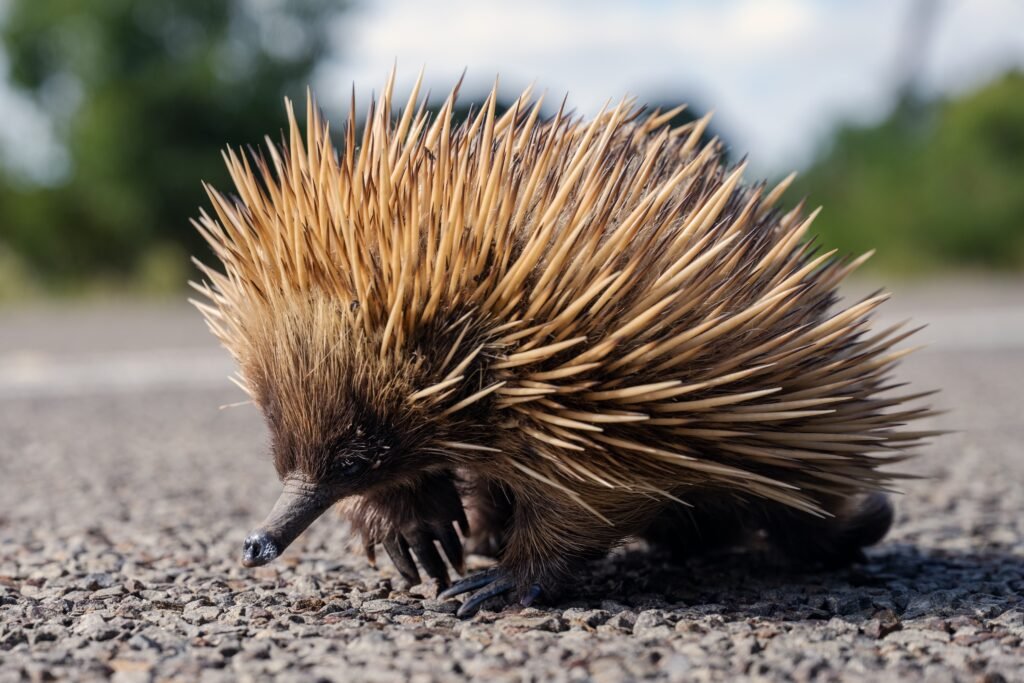
Speaking of unusual mammals, the echidna, a close relative of the platypus, has another bizarre feature. When it catches prey, its tongue extends with four distinct ends that help it capture and eat food quickly. This adaptation is perfect for catching ants and termites in the wild.
7. Elephants Can "Hear" Through Their Feet
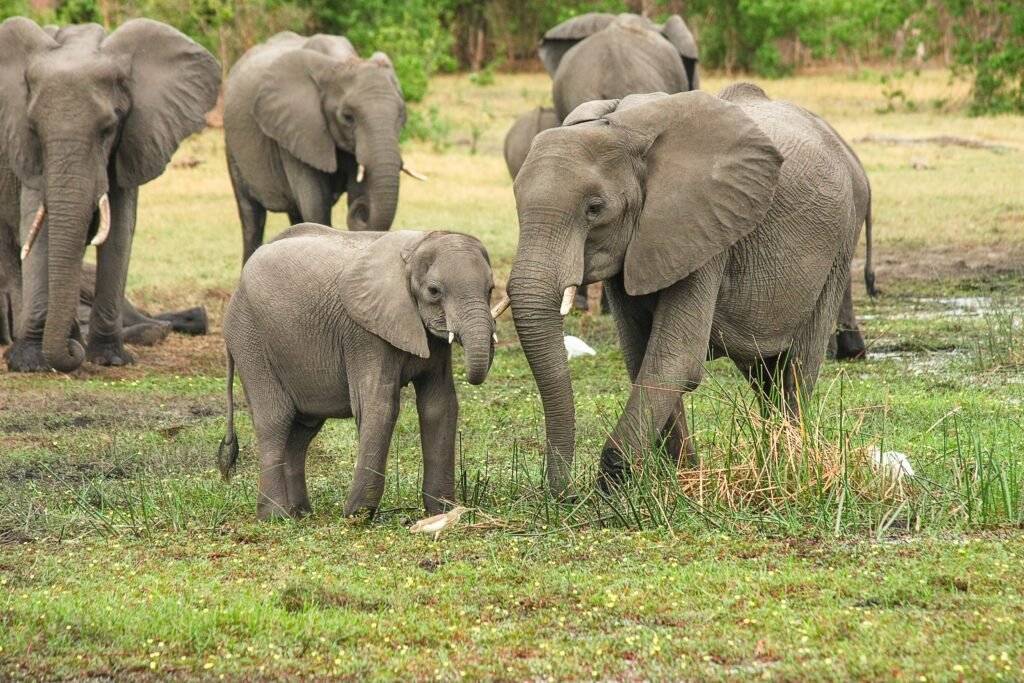
Elephants have amazing hearing, but it’s not just their large ears that help them recognize sounds. Elephants have the ability to hear earthquake vibrations through their feet. This ability allows elephants to hear distant sounds, such as a herd or a storm. This adaptation helps them communicate and navigate their environment.
8. Giraffes Only Need 30 Minutes of Sleep per Day
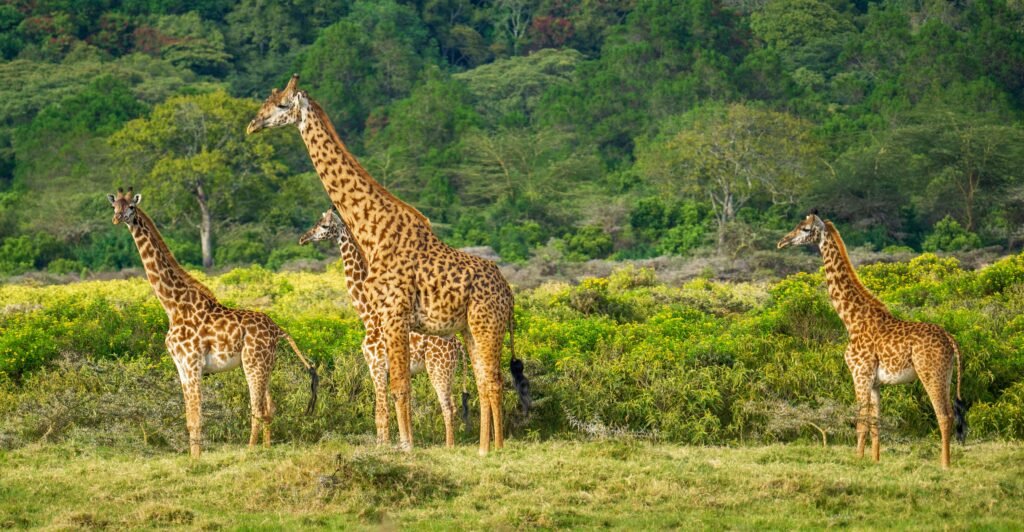
Giraffes may be the tallest animals on land, but they are also among the least sleepy. Giraffes sleep for an average of only 30 minutes a day. Giraffes often take short naps at intervals of a few minutes. Their short sleep helps them stay alert for predators, as lying down makes them more vulnerable.
9. The Blue Whale’s Heart Is the Size of a Car
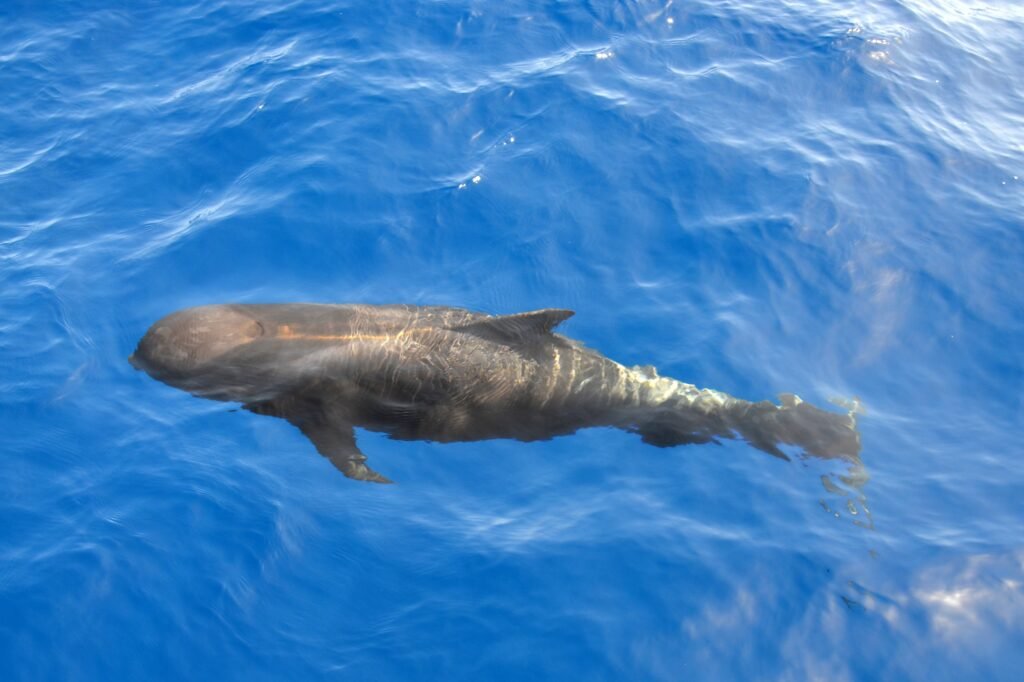
The blue whale is the largest mammal found on our planet. As impressive as the massive size of the blue whale is, so is its heart. The massive size of their heart is almost equal to that of a small car. It pumps about 60 gallons of blood with each beat, supporting the massive body of this gentle giant.
10. Bats are the only unique mammals on Earth that are capable of truly flying.

While flying squirrels can fly from tree to tree, bats are the only terrestrial mammals that can fly with real power. Bat wings are made up of a thin membrane of skin that extends from the long fingers. These wings allow bats to fly agile and precisely. Bats use this ability to hunt insects and pollinate plants, playing a vital role in a variety of ecosystems.
Bizarre Bird Facts
Birds are some of the most fascinating creatures on the planet, with a wide range of adaptations that allow them to thrive in every environment – from the highest mountain peaks to the deepest beaches. Their abilities to fly, mimic sounds, and navigate long distances make them truly remarkable. Here, we’ll discuss 10 bizarre and surprising bird facts that will make you look at these feathered friends in a whole new light.
11. The Arctic Tern’s Record-Breaking Migration
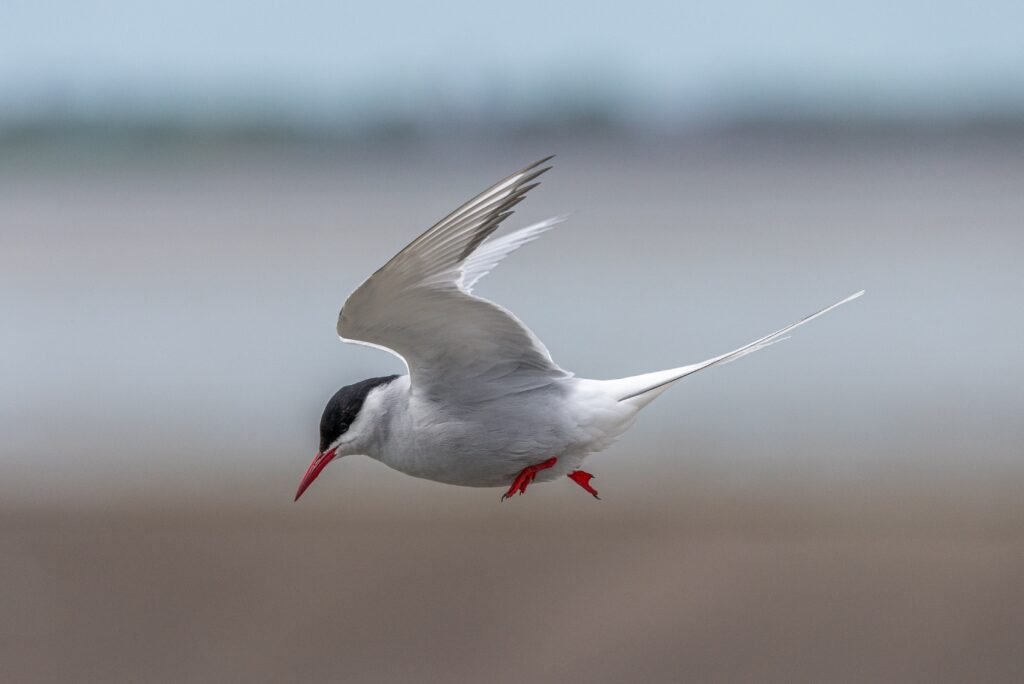
The Arctic Tern holds the record for the longest migration of any bird, travelling an astonishing 44,000 miles each year. This small, slender bird makes a round trip from its breeding grounds in the Arctic to Antarctica and back, chasing endless sunlight in the summer. This journey is equivalent to circling the entire Earth twice!
12. Owls Can Rotate Their Heads Up to 270 Degrees
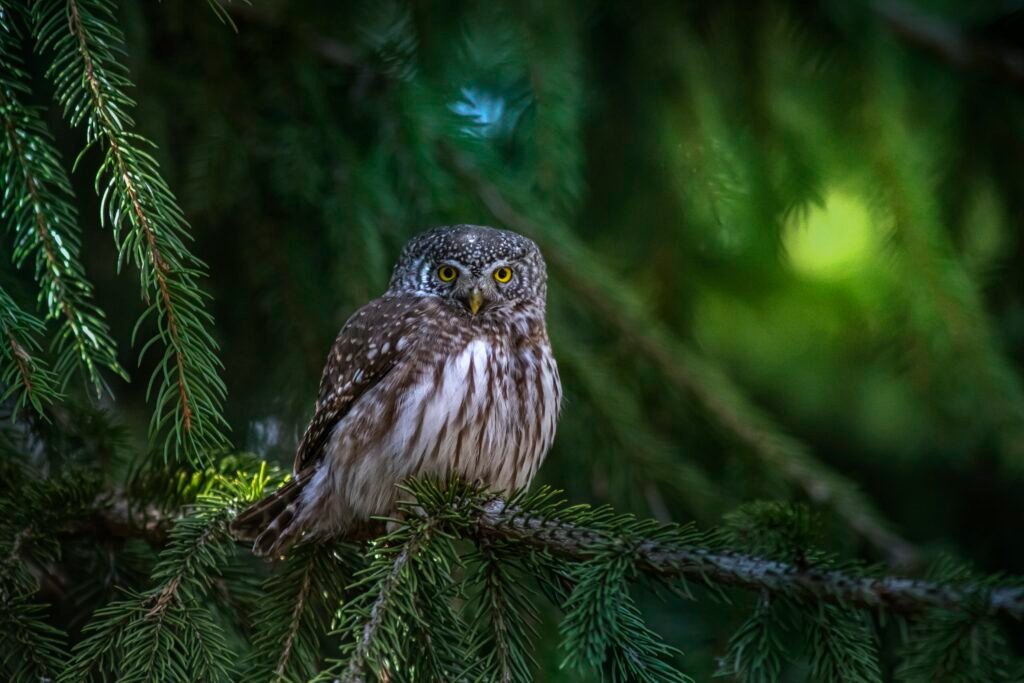
Owls are known for their sharp night vision, but the unique flexibility of their necks is just as impressive. While they cannot move their eyes, owls can rotate their heads up to 270 degrees without damaging blood vessels or nerves. This ability allows them to spot prey or threats from almost any angle.
13. The Lyrebird Can Mimic Almost Any Sound
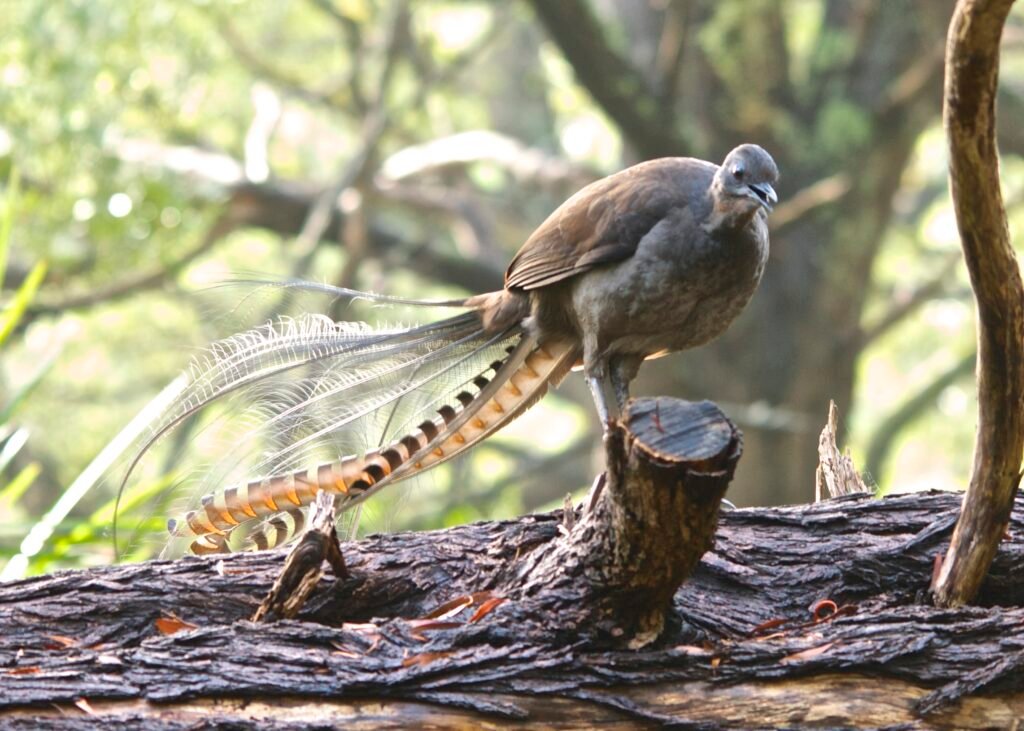
Native to Australia, the lyrebird is one of the most skilled mimic birds in the animal kingdom. It can mimic not only other bird species, but also man-made sounds like camera shutters, car alarms, and even chainsaws. The lyrebird’s incredible vocal range and ability to mimic sounds helps it attract mates and establish territory.
14. Hummingbirds Are the Only Birds That Can Fly Backwards
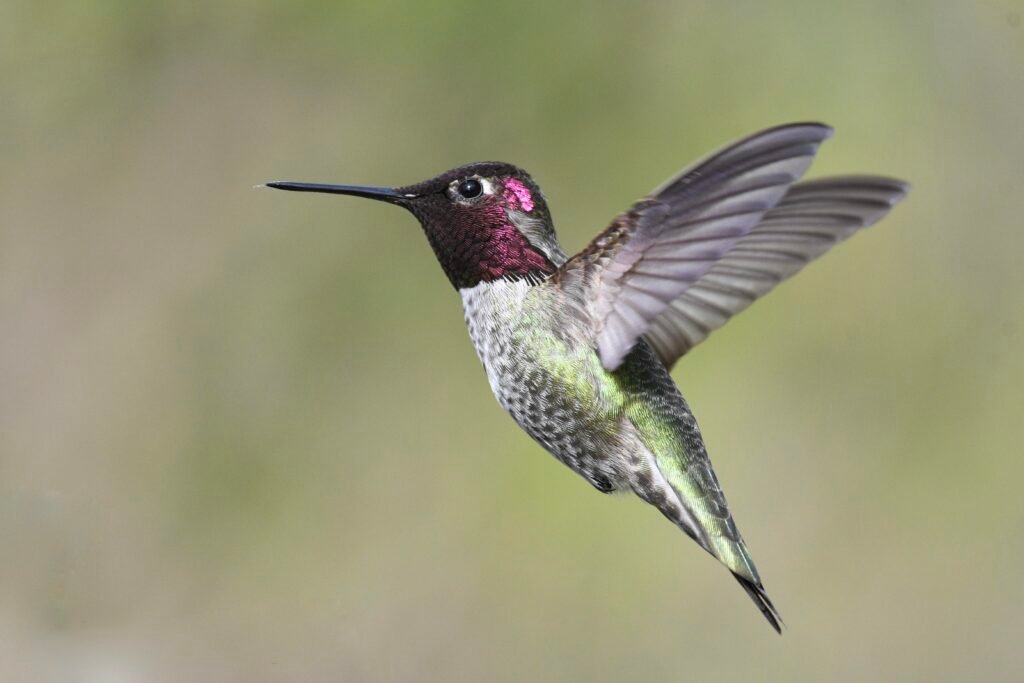
Hummingbirds are known for their rapid wing beats, but did you know they are the only birds that can fly backwards? Their unique ball-and-socket joint at the shoulder allows their wings to move in all directions, giving them incredible control and agility while sipping nectar.
15. The Hoatzin Chick Has Claws on Its Wings
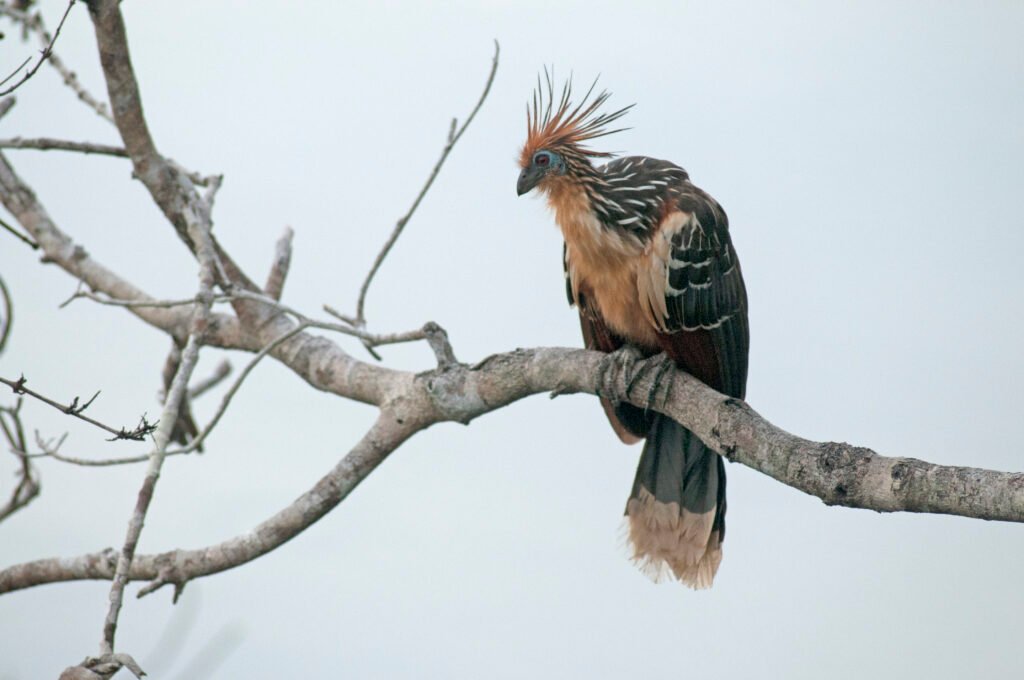
The hoatzin, also known as the “stinkbird” because of its strong scent, has a surprising feature: when its chicks hatch from the eggs, they have tiny claws on their wings. These claws help the young birds climb back into the nest if they fall into the water or onto the ground. As the chicks grow older, they lose their claws, making them a rare example of a bird with such a feature.
16. Pigeons Can Recognize Themselves in a Mirror
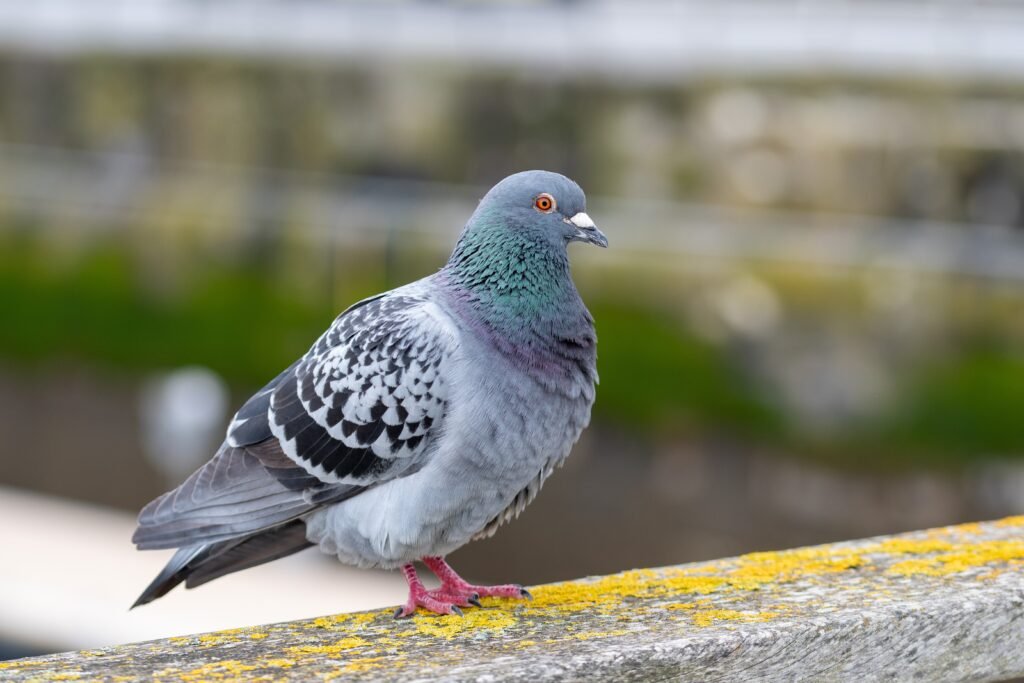
Pigeons may be common in cities, but they are not common. Research has shown that pigeons can recognize themselves in a mirror, a cognitive ability known as self-awareness. This skill is rare in the animal kingdom and puts pigeons in a select group of animals, which includes dolphins, elephants and great apes.
17. The Common Swift Can Stay Airborne for Up to 10 Months
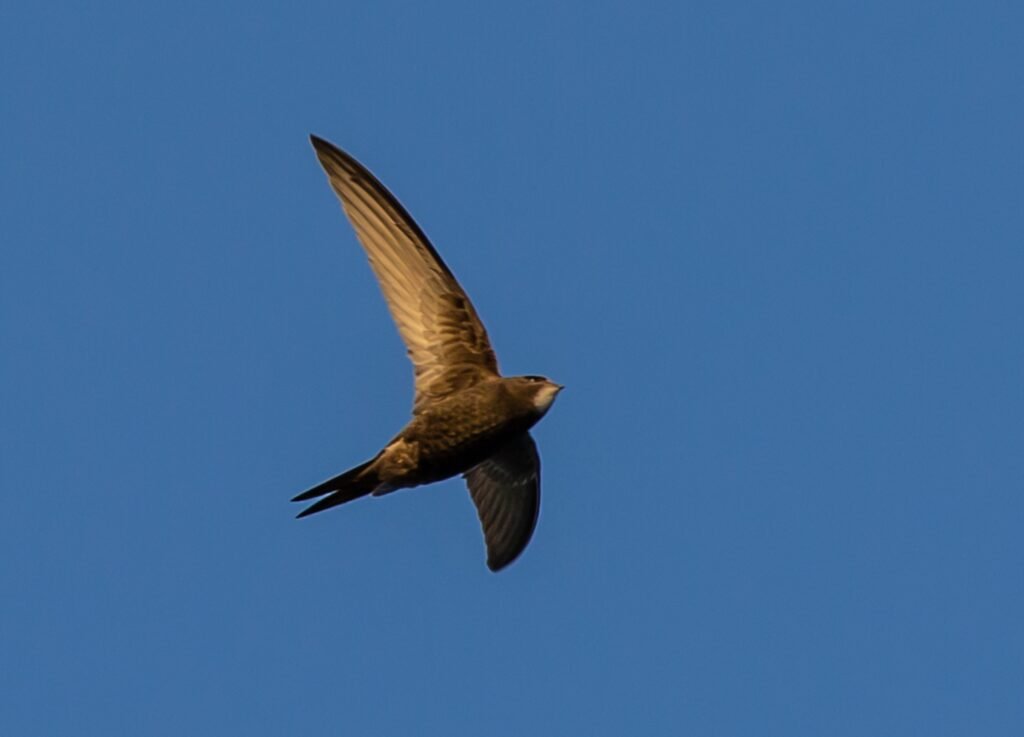
The Common Swift is the true master of the skies, spending almost its entire life in flight. These birds can stay in the air for up to 10 months without landing, eating or sleeping on the ground. They eat, drink and sleep while flying in the air, landing only to breed.
18. The Eyes of an Ostrich Are Bigger Than Its Brain
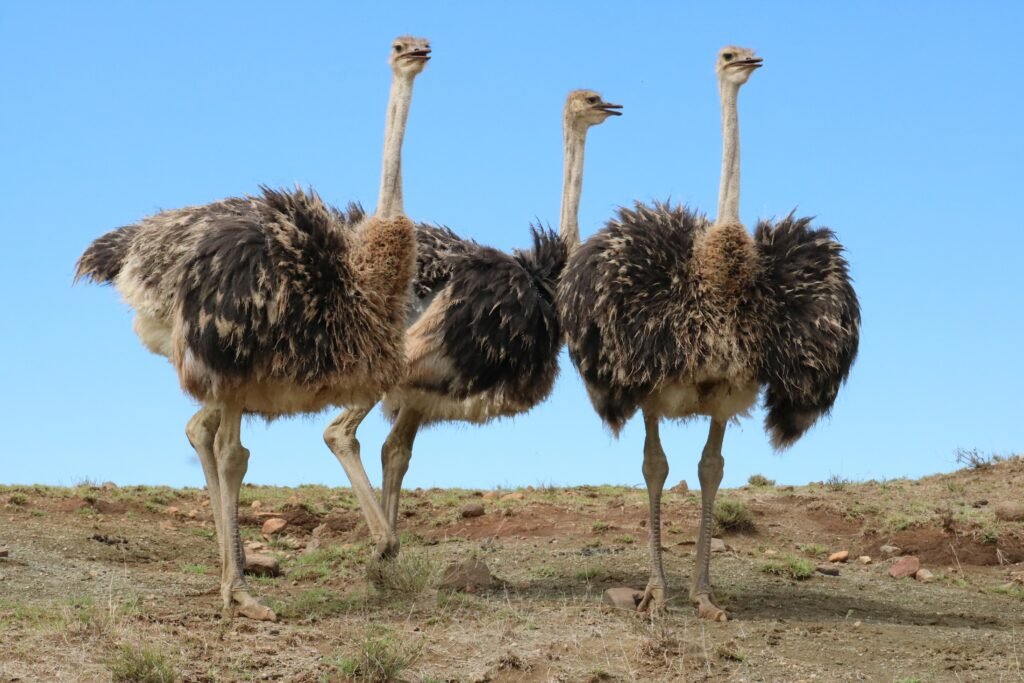
Ostriches are the largest birds in the world, but did you know that their eyes are even bigger than their brains? Each eye is the size of a golf ball, giving them excellent vision to spot predators from afar. Their incredible vision helps compensate for their relatively small brain size.
19. The Superb Fairy-Wren Sings to Its Unborn Chicks
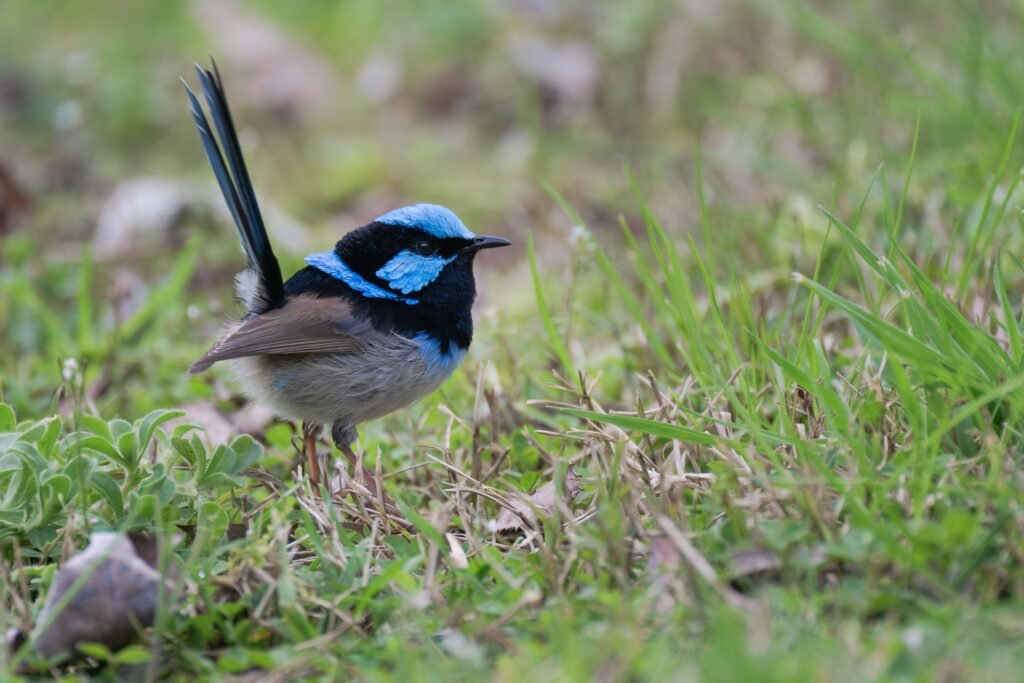
In a remarkable display of communication, the superb fairy-wren sings a special song to chicks still in their eggs. The mother teaches her chicks a unique “password” call, which they learn and mimic after hatching. This helps the mother recognize her babies and distinguish them from parasitic cuckoo chicks that may be in her nest.
20. The Great Horned Owl Can Crush Bone with Its Talons
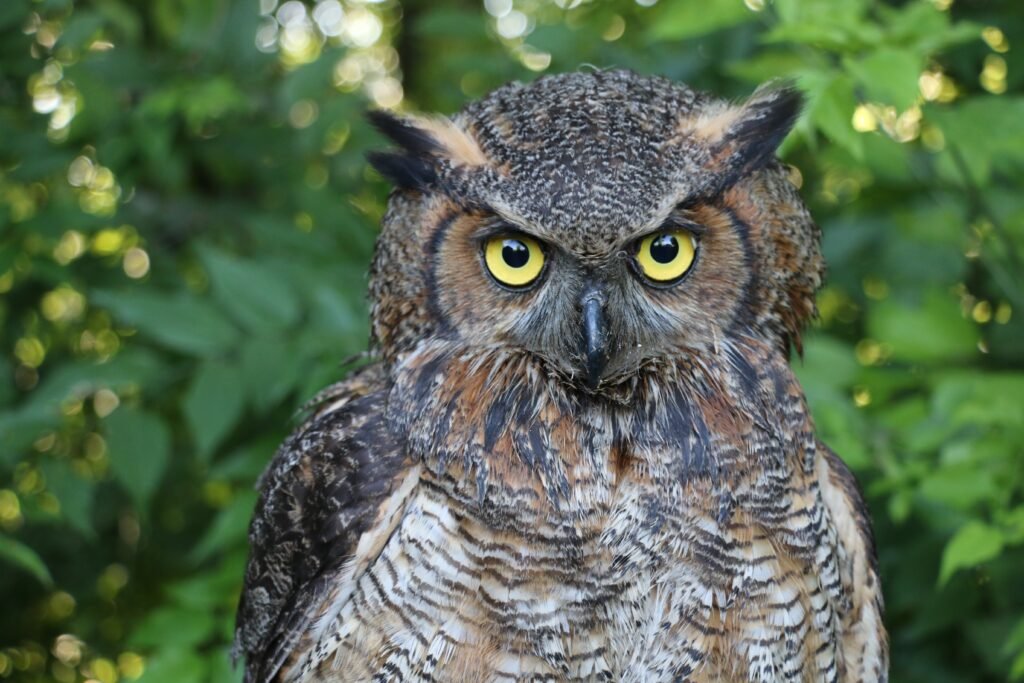
The great horned owl is one of the most powerful predatory birds in North America. Its claws are incredibly strong and can exert pressure of up to 500 psi (pounds per square inch) – enough to crush the bones of its prey. This impressive grip strength enables the owl to hunt and capture animals much larger than itself.
Astonishing Reptile and Amphibian Facts
Reptiles and amphibians are some of the most ancient creatures on the planet, often misunderstood and overlooked in favor of the more familiar mammals and birds. However, these cold-blooded animals have developed remarkable adaptations that help them survive in a variety of environments—from scorching deserts to murky swamps. In this section, we’ll explore 10 amazing facts about reptiles and amphibians that highlight their unique abilities and incredible survival strategies.
21. The Horned Lizard Can Shoot Blood from Its Eyes
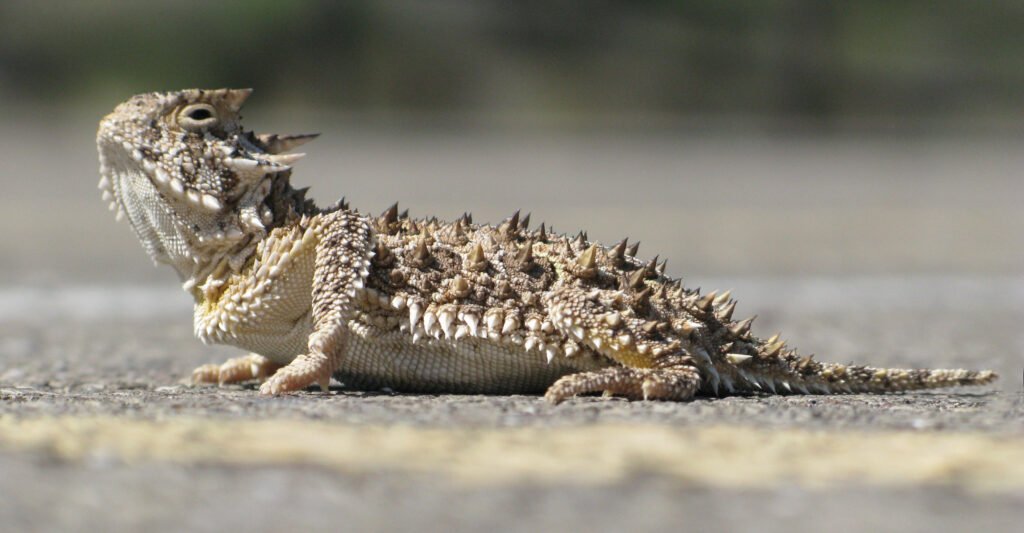
One of the most bizarre defense mechanisms in the animal kingdom belongs to the horned lizard. When threatened, this desert-dwelling reptile can squirt blood from its eyes! It raises the blood pressure in its head until the tiny blood vessels near its eyes burst, squirting blood at its predator. The blood contains bad-tasting chemicals that help deter potential attackers.
22. The Glass Frog is Transparent
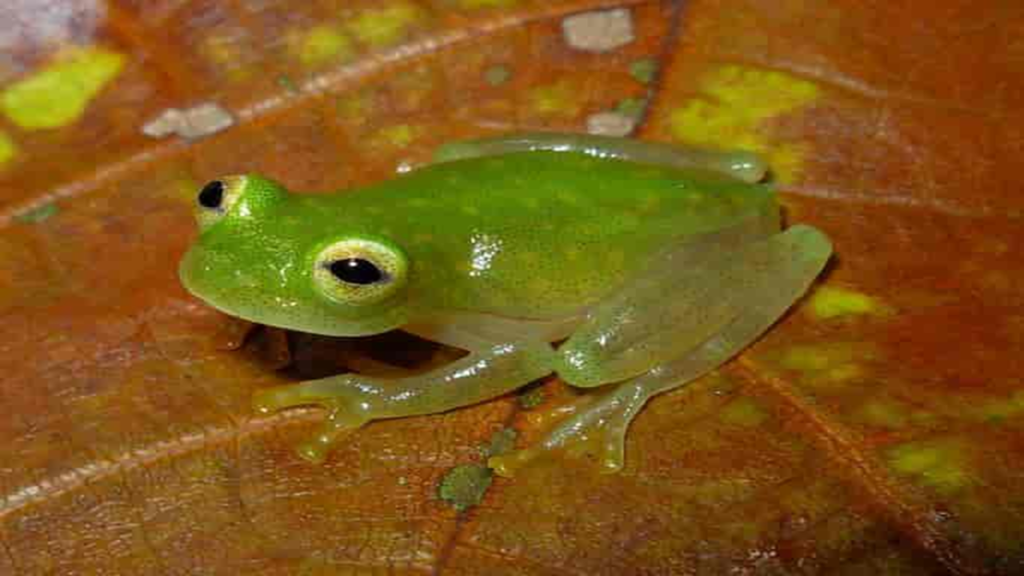
The glass frog, found in the rainforests of Central and South America, has a unique feature: its skin is transparent, allowing you to see its internal organs, including its heart and digestive system. This transparent appearance helps it blend in with its surroundings and avoid predators, making it one of the most striking examples of camouflage in the animal world.
23. Sea Turtles Can Hold Their Breath for Hours
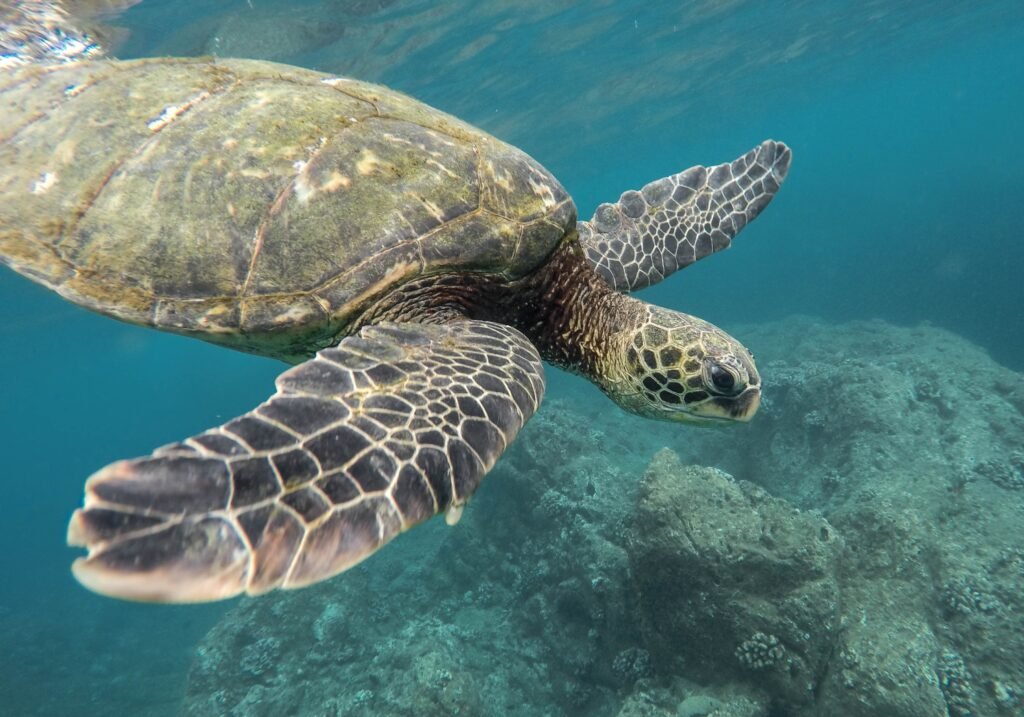
Sea turtles are incredible divers, able to hold their breath for long periods of time. Depending on the species and activity level, some sea turtles can stay underwater for up to 7 hours without coming up for air. During deep dives, their heart rate slows down significantly, helping them to conserve oxygen while searching for food.
24. The Gecko Can Walk on Walls and Ceilings
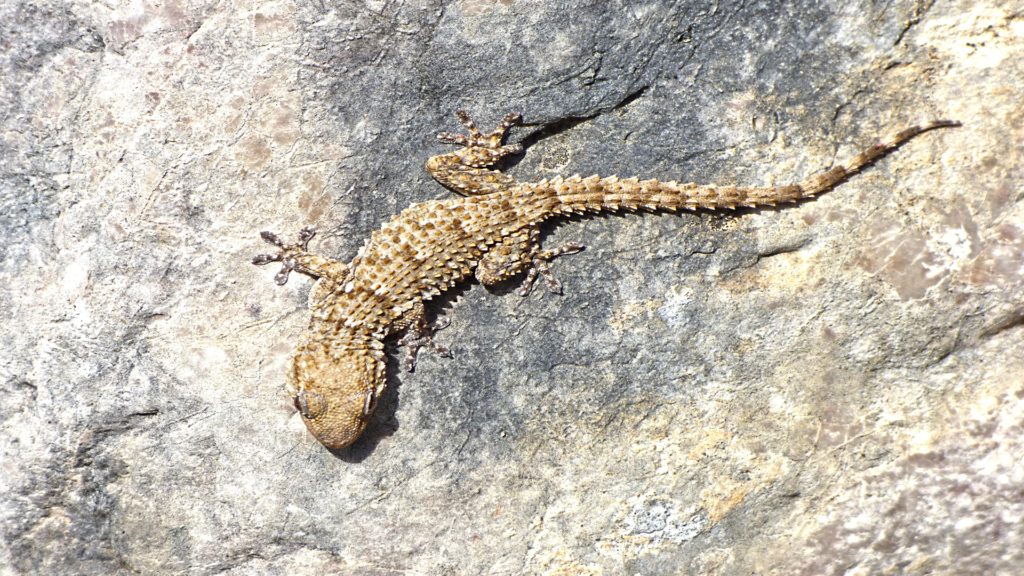
Geckos are famous for their unique ability to move easily on walls and ceilings. Walking on walls and ceilings is possible due to millions of tiny hair-like structures on their feet, called setae. The setae produce a molecular attraction known as the van der Waals force, allowing the gecko to stick to almost any surface without using any adhesive.
25. The Axolotl Can Regenerate Its Limbs (and Even Its Heart)
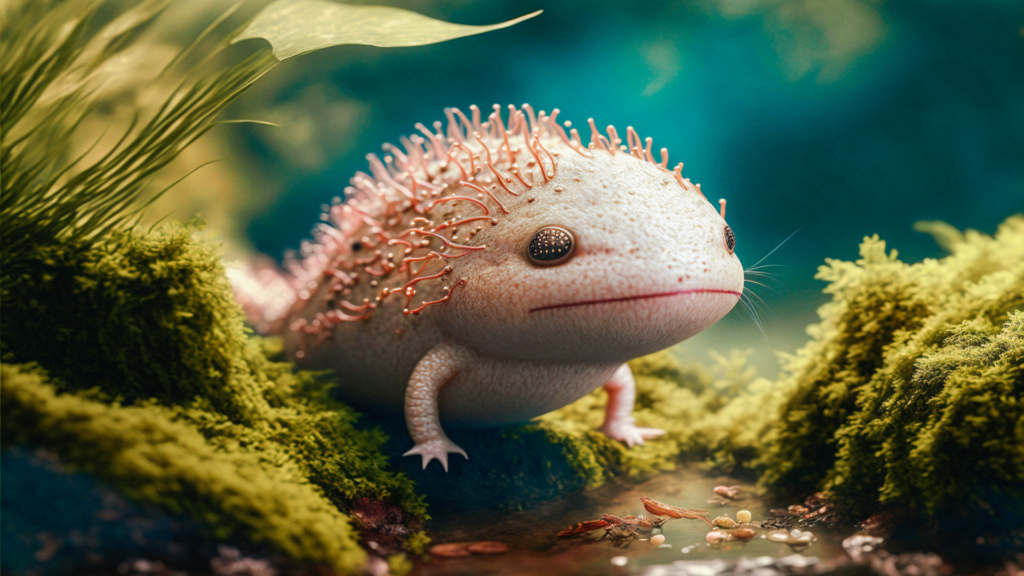
The axolotl, a species of salamander, has the extraordinary ability to regenerate lost body parts. Not only can it regrow limbs, but it can also regenerate its spinal cord, heart, and even parts of its brain. This unique ability has made the axolotl a subject of scientific research, as it may hold the key to understanding tissue regeneration in humans.
26. The King Cobra Is the Longest Venomous Snake

The king cobra is considered the longest venomous snake in the world, with some snakes growing up to 18 feet in length. Unlike other snakes, the king cobra can raise its head off the ground, often as tall as a human. Its venom is so deadly and powerful that it can even kill an elephant, this feature of its venom makes the King Cobra a formidable predator.
27. Frogs Can "Freeze" Themselves During Winter
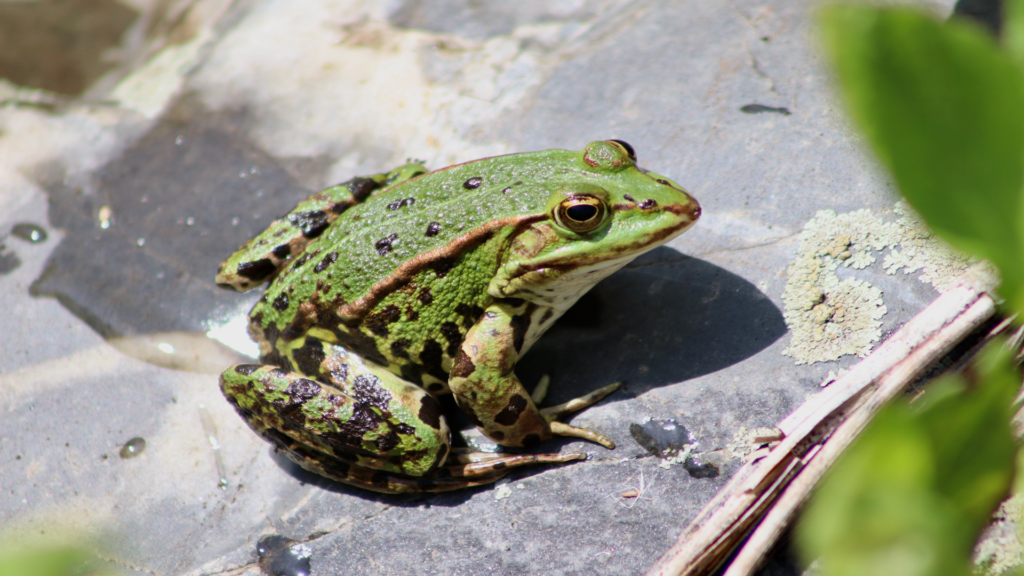
Some species of frogs, such as the wood frog, have a remarkable adaptation for surviving cold winters: they can freeze solid! These frogs go into a state of suspended animation, where their hearts stop beating and their bodies are filled with natural antifreeze chemicals. When spring comes, they melt and carry on with their lives as if nothing had happened.
28. The Chameleon’s Tongue Is Faster Than a Sports Car
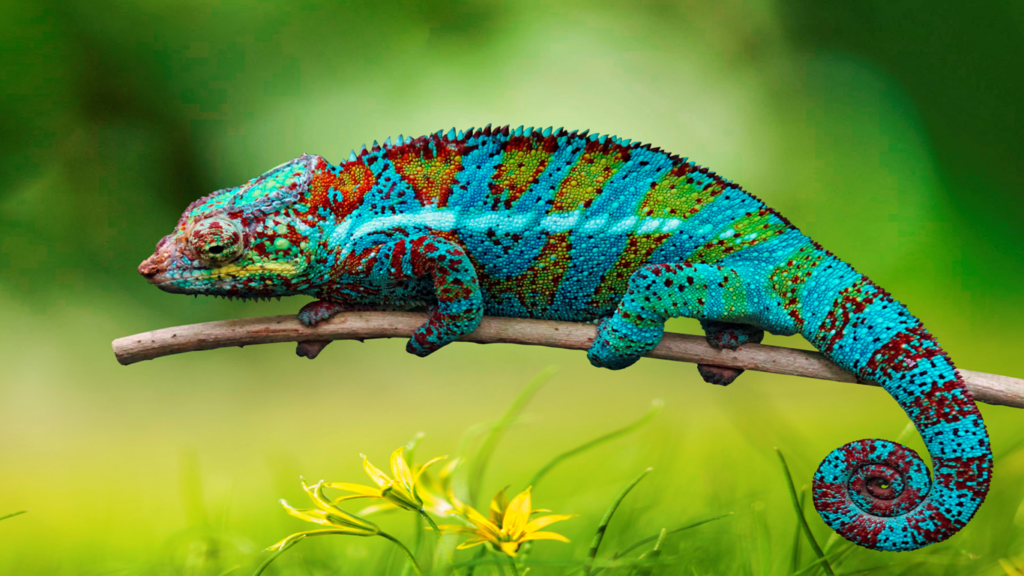
Chameleons are known for their ability to change color, but did you know that their tongues are just as impressive? A chameleon’s tongue can move as fast as 13 miles per hour, which is faster than a sports car pulling off the line. This rapid strike of the tongue enables it to catch prey in a matter of seconds.
29. The Leatherback Sea Turtle Can Dive Deeper Than Most Whales
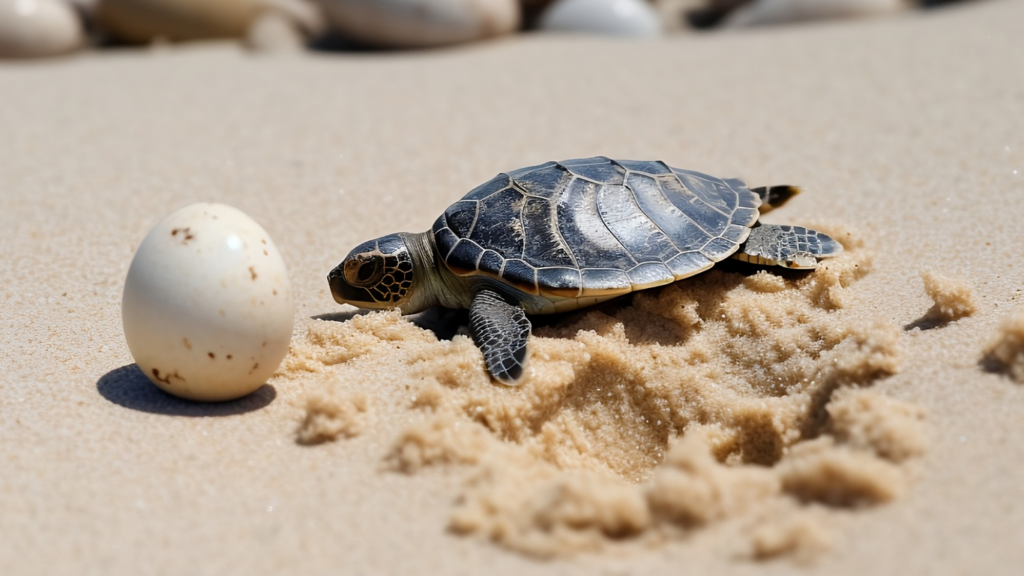
Leatherback sea turtles are a unique type of turtle. These turtles are the largest of all living turtle species. One unique feature of this turtle is that it is able to dive to incredible depths of the ocean.It can dive to depths of over 4,000 feet, which is even deeper than many species of whales. Its flexible shell and unique adaptations help it withstand the enormous pressure of the deep ocean while searching for jellyfish, its favorite food.
30. The Cobra Lily Can Trap Insects Like a Snake
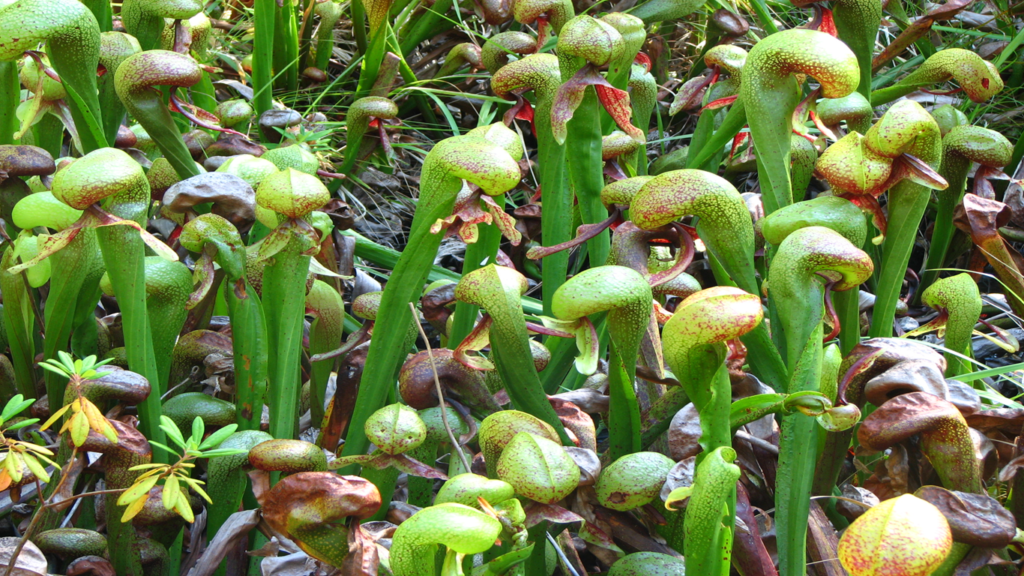
Although it is not a true reptile, the cobra lily is a fascinating plant that resembles a snake. It gets its name from its hooded, cobra-like appearance and is a carnivorous plant that traps insects inside its tubular leaves. This unique plant displays incredible diversity and surprising features not often seen in the natural world, blurring the line between reptiles and their environment.
Unbelievable Ocean and Marine Life Facts
The ocean covers more than 70% of the Earth’s surface, and its depths are home to a world full of extraordinary creatures. Marine life ranges from tiny plankton to giant whales, each with unique adaptations to survive the extreme conditions of the deep sea. In this section, we’ll explore 10 incredible facts about the ocean and marine animals that showcase the wonders of the underwater world.
31. Octopuses Have Three Hearts and Blue Blood
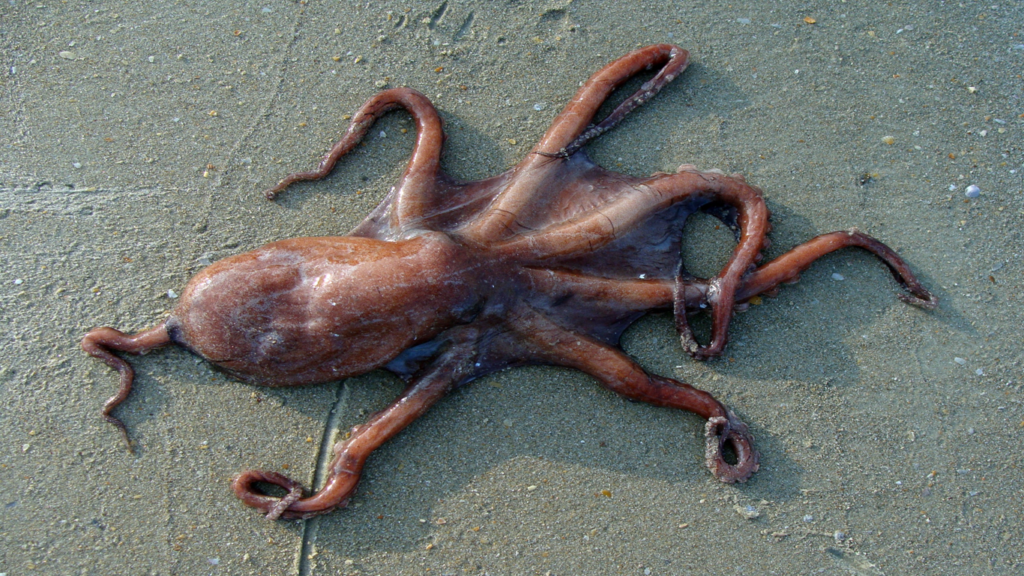
Octopuses are one of the most intelligent and versatile marine animals. One of their most amazing features is their three hearts: two pump blood to the gills, while the third circulates blood to the rest of the body. Even more remarkable is that their blood is not red but blue! This is because their blood contains hemocyanin, a copper-rich protein that helps them carry oxygen in cold, low-oxygen environments.
32. Jellyfish Can Live Forever
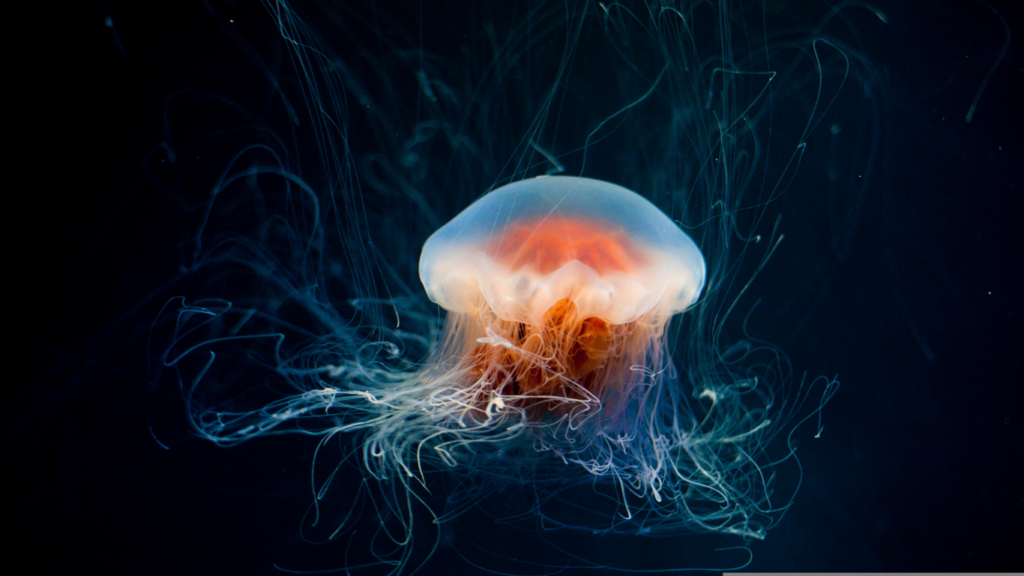
One species of jellyfish, Turritopsis dohrnii, is known as the “immortal jellyfish” because it can theoretically live forever. When faced with stress or injury, it can revert to its younger form through a process called transdifferentiation, thereby beginning its life cycle all over again. This remarkable ability makes it the only known creature capable of reversing its biological aging.
33. The Mantis Shrimp Punches Harder Than a Bullet
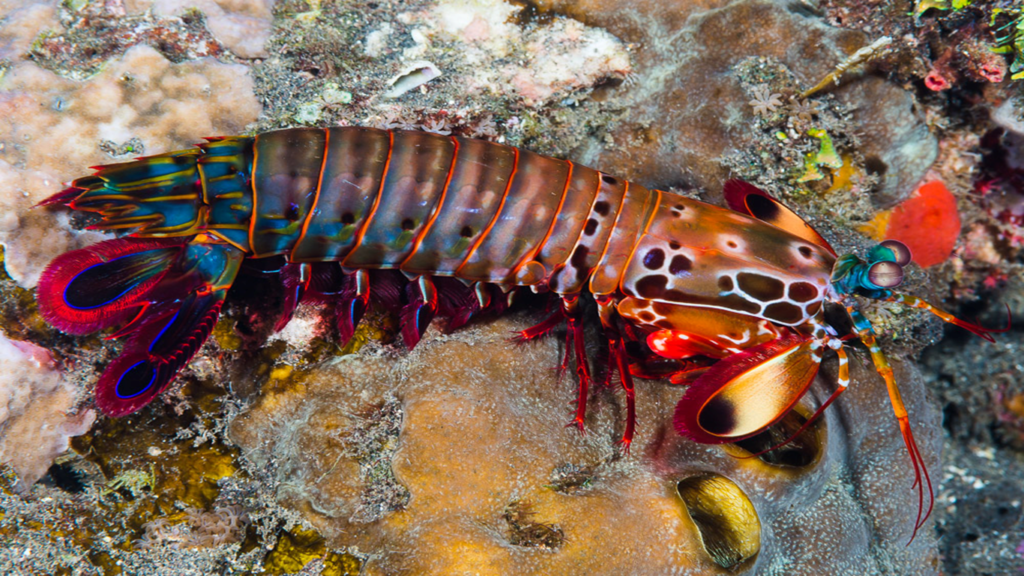
The mantis shrimp may be small, but it is very powerful. Its club-like appendages can strike with the force of a .22 caliber bullet, traveling at speeds of up to 50 miles per hour. This incredible speed generates cavitation bubbles, which create shock waves that can stun or even kill prey. The mantis shrimp’s strikes are so powerful that they can shatter glass aquariums!
34. Blue Whales Have the Largest Tongues in the Animal Kingdom
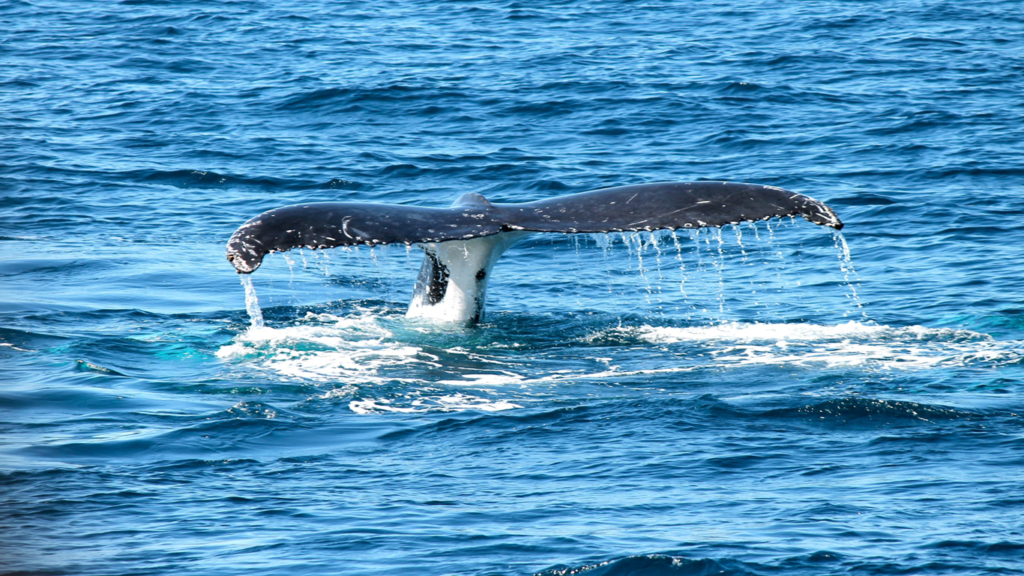
The blue whale is by far the largest animal on Earth, and its tongue alone can weigh as much as an elephant – up to 3 tons! This massive tongue helps the whale filter up to 4 tons of krill every day. When feeding, the blue whale expands its throat folds, taking in huge quantities of water, which it then pushes out through its baleen plates, trapping the krill inside.
35. Sea Cucumbers Can Eject Their Organs When Threatened
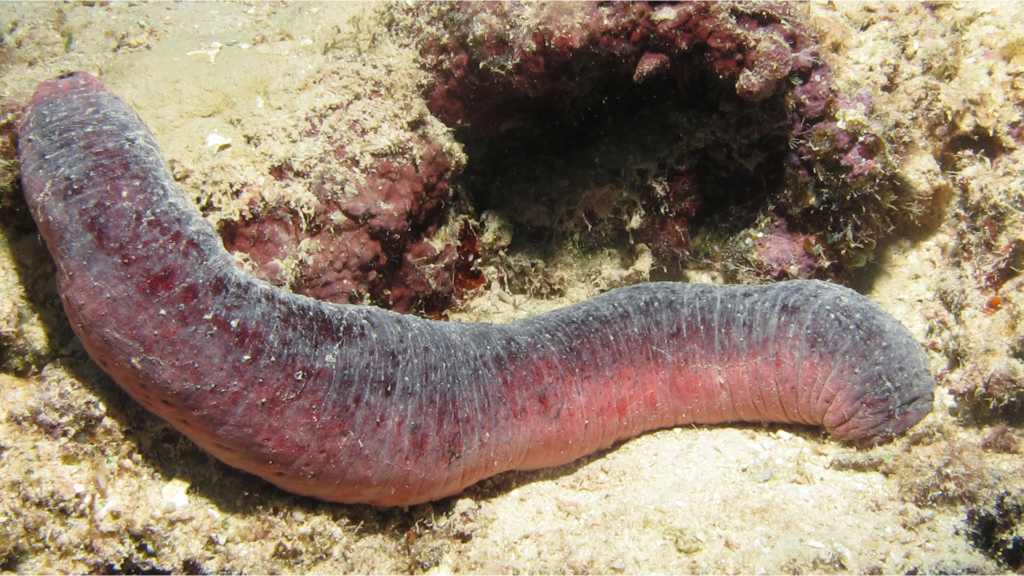
Sea cucumbers have a bizarre but effective defense mechanism: when they are threatened by predators, they can expel their internal organs through their anus. This act of expelling self-space distracts predators, allowing the sea cucumber to escape. Remarkably, it can regenerate lost organs in just a few weeks, making this adaptation a unique survival strategy.
36. The Blobfish Is the World’s Ugliest Animal
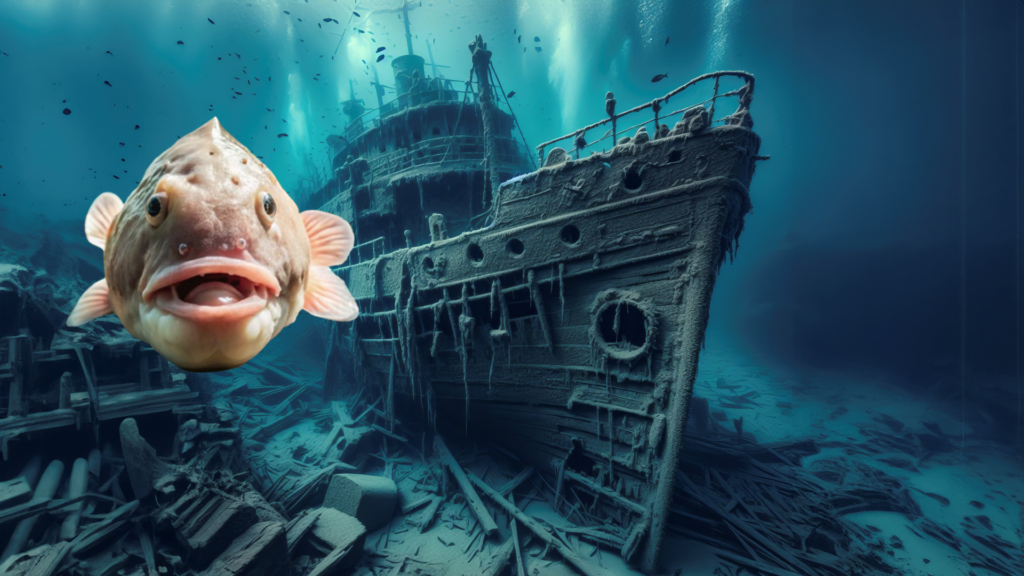
The blobfish, often called the “world’s ugliest animal,” looks very different when brought to the surface than it does in its natural deep-sea habitat. In the deep sea, the blobfish’s gelatinous body helps it withstand intense pressure. However, when exposed to the lower pressure near the surface, its body appears loose and deformed, giving it an unusual appearance.
37. The Great White Shark Can Detect a Drop of Blood from Miles Away
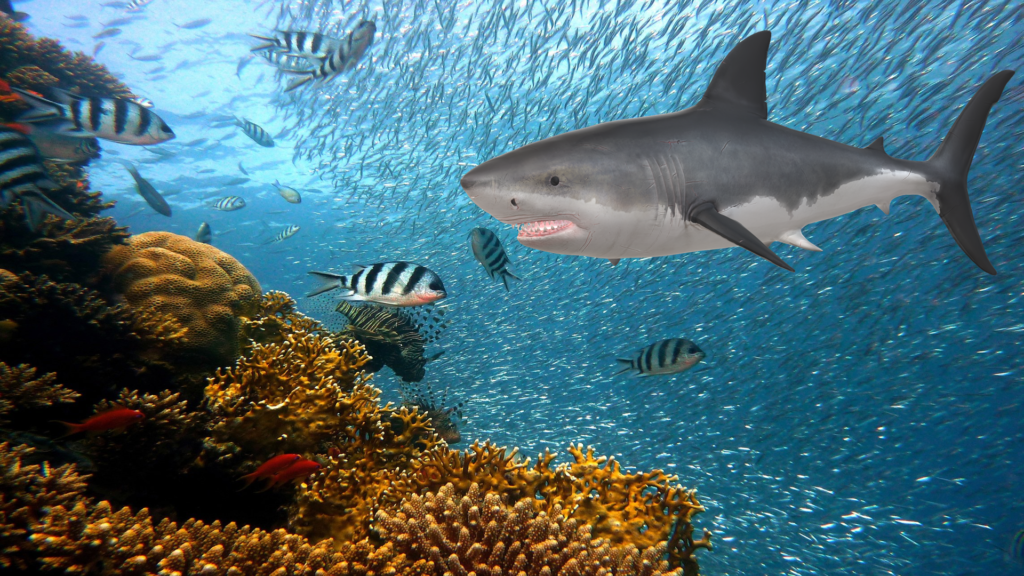
Great white sharks have an extraordinary sense of smell, often described as a olfactory super-sense. They can detect a single drop of blood in 25 gallons of water and recognize it even from several miles away. This enhanced sense helps them locate prey at long distances, making them one of the most efficient predators in the ocean.
38. The Portuguese Man O' War Is Not a Single Organism
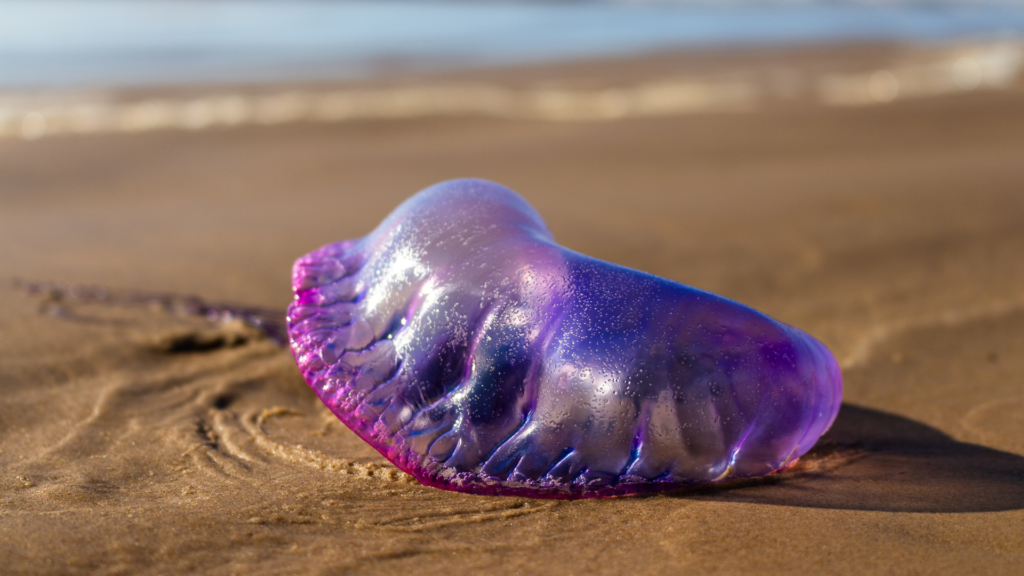
The Portuguese Man o’ War resembles a jellyfish, but it is actually a colonial organism made up of specialized polyps, called zooids, that work together in harmony. Every creature has a specific function, such as eating, reproducing or protecting. Its long, venomous tentacles can reach lengths of up to 165 feet, delivering painful stings even when separated from the main body.
39. The Anglerfish Uses a Bioluminescent Lure to Catch Prey
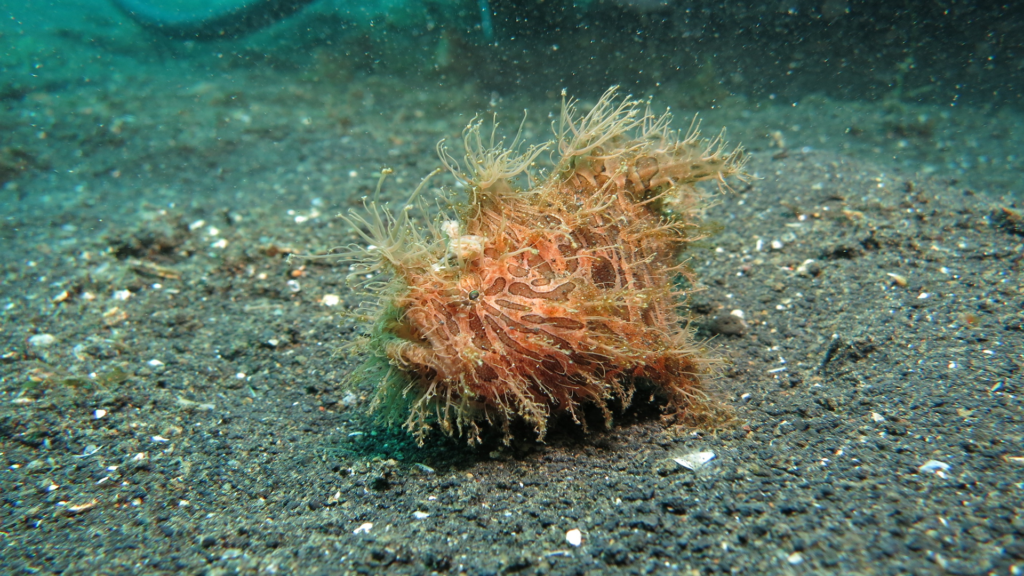
In the dark depths of the ocean, the anglerfish has evolved a unique hunting tool: a bioluminescent bait that dangles from its head. This glowing appendage attracts small fish, drawing them close enough that the anglerfish grabs them with its sharp teeth. This light is produced by bacteria living inside the bait, offering a fascinating example of symbiosis.
40. The Dolphins Have Names and Call Each Other
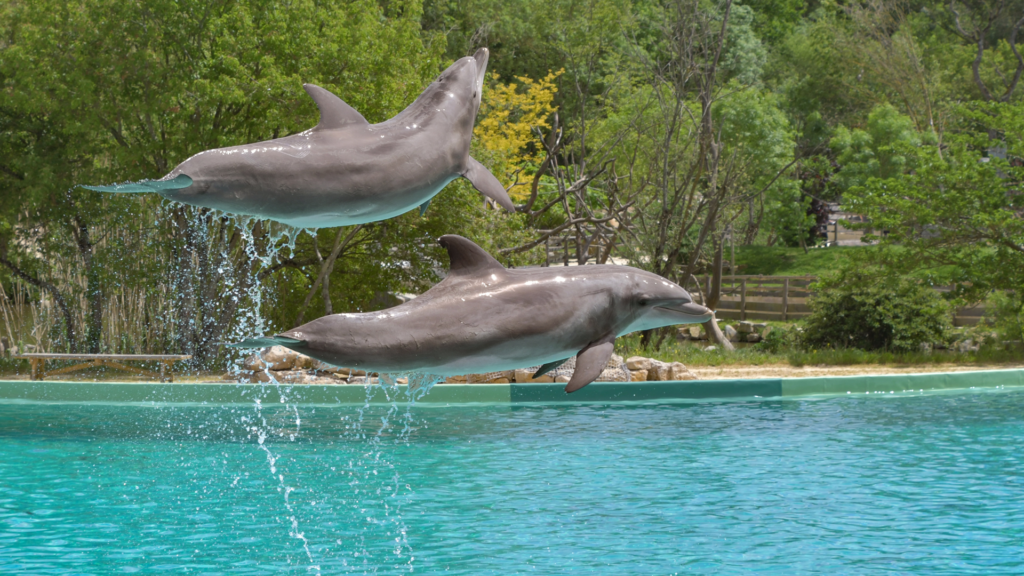
Dolphins are known for their intelligence, but did you know they have a way to recognize each other by name? Dolphins use unique signature whistles that act like names, allowing them to recognize and call out to specific individuals. These signature whistles are learned early in life and are used for communication and social interaction throughout the dolphin’s lifetime.
Incredible Insect and Arachnid Facts
Insects and arachnids may be small, but they make up the majority of Earth’s animal diversity and are packed with fascinating characteristics. From complex social structures to staggering survival adaptations, these tiny creatures have a huge impact on our ecosystem and lives. In this section, we will highlight 10 incredible facts about insects and arachnids that will surely surprise you.
41. A Single Honeybee Can Visit Up to 5,000 Flowers in a Day
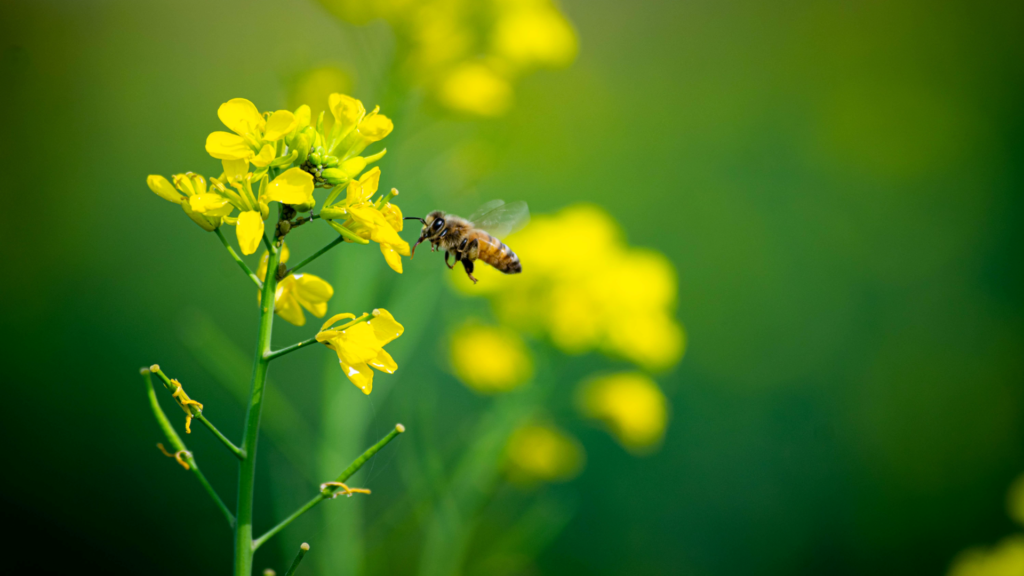
Bees are important pollinators, and their tireless work is amazing. A single bee can visit more than 5,000 flowers a day, collecting nectar and pollen to bring back to the hive. In her lifetime, a worker bee produces about 1/12 teaspoon of honey, making every drop of honey a testament to their hard work.
42. Ants Can Lift 50 Times Their Body Weight
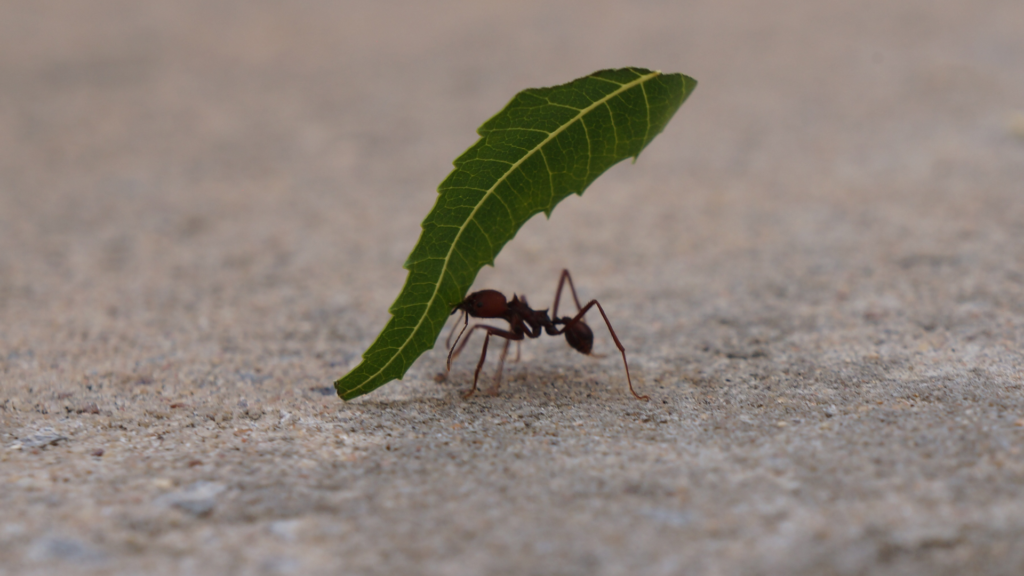
Ants are nature’s powerful creatures, capable of lifting up to 50 times their own body weight. This incredible strength is due to their small size, which gives them a high ratio of muscle mass to body weight. This ability allows them to carry food, build colonies, and defend their nests with remarkable efficiency.
43. Monarch Butterflies Migrate Over 3,000 Miles

Monarch butterflies make one of the longest migrations of any insect, traveling more than 3,000 miles from Canada to Mexico. This incredible journey lasts several generations, with the butterflies using environmental cues such as the position of the sun and the Earth’s magnetic field to reach their wintering grounds.
44. The Goliath Beetle Is as Heavy as a Small Rodent

One of the largest insects in the world, the goliath beetle can weigh up to 3.5 ounces – about the same as a small mouse! Found in tropical regions of Africa, these beetles are not only heavy but also incredibly strong, capable of lifting up to 850 times their own weight.
45. Dragonflies Are Expert Flyers with 360-Degree Vision
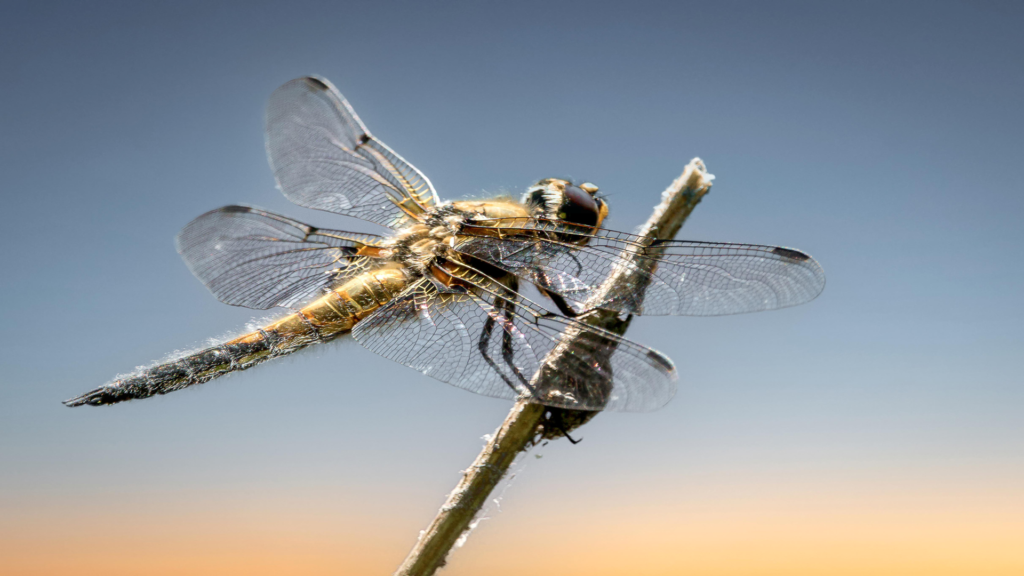
Dragonflies are master aerial hunters, capable of flying at speeds of up to 35 miles per hour. Their agility comes from their ability to move all four wings independently. In addition, their large compound eyes provide nearly 360-degree vision, allowing them to detect prey and avoid predators with incredible accuracy.
46. Spiders Use Silk for More Than Just Webs
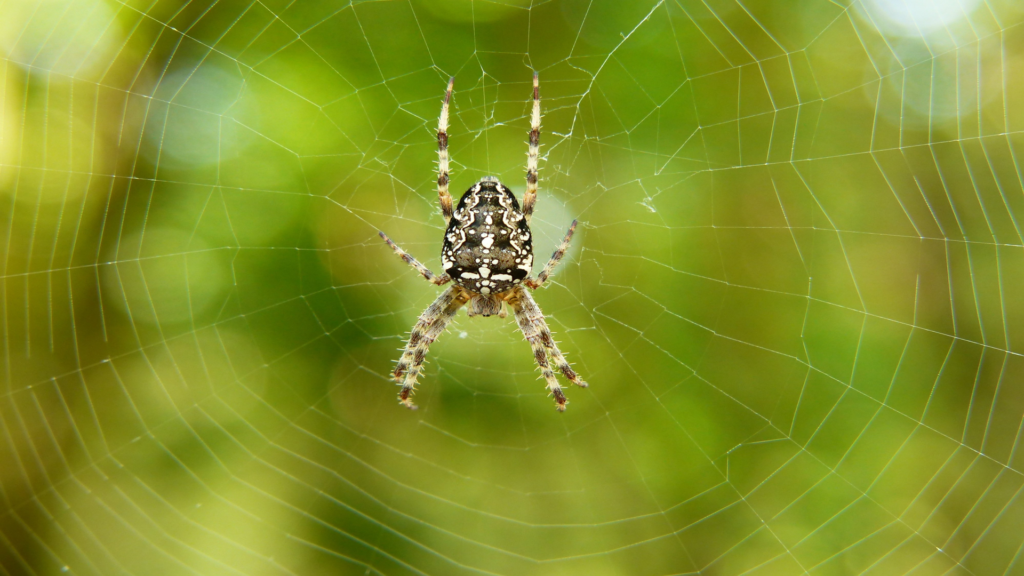
Spider silk is one of the strongest materials in nature, and spiders use it for a variety of purposes. In addition to building webs, they use silk to make egg sacs, wrap prey, and even create parachutes for young spiders — a phenomenon known as ballooning. Spider silk is so strong that it has been studied for use in bulletproof materials.
47. Cockroaches Can Live Without Their Heads for Weeks

Cockroaches are known for their resilience, but here’s a shocking fact: they can survive up to a week without their heads! Since they breathe through tiny holes in their bodies called spiracles, they don’t rely on their heads for oxygen. They eventually die from starvation or dehydration, not from being decapitated.
48. Fireflies Use Light to Communicate and Attract Mates
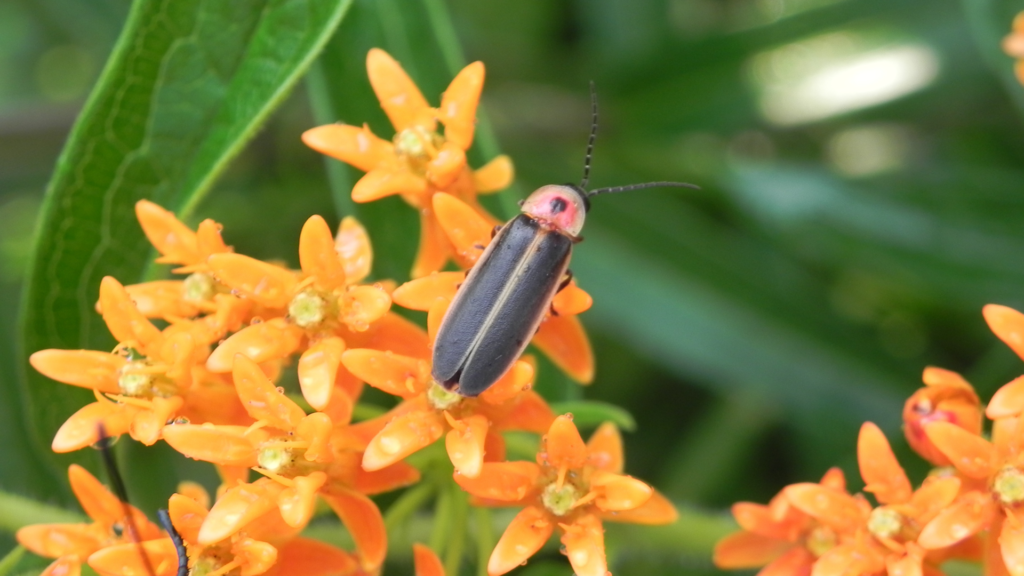
Fireflies, or lightning bugs, illuminate summer nights with their bioluminescent glow. Each species has a unique light pattern used to communicate and attract mates. This glow is produced by a chemical reaction in their bodies, making fireflies one of the most fascinating examples of natural bioluminescence.
49. Tarantulas Can Regrow Lost Limbs
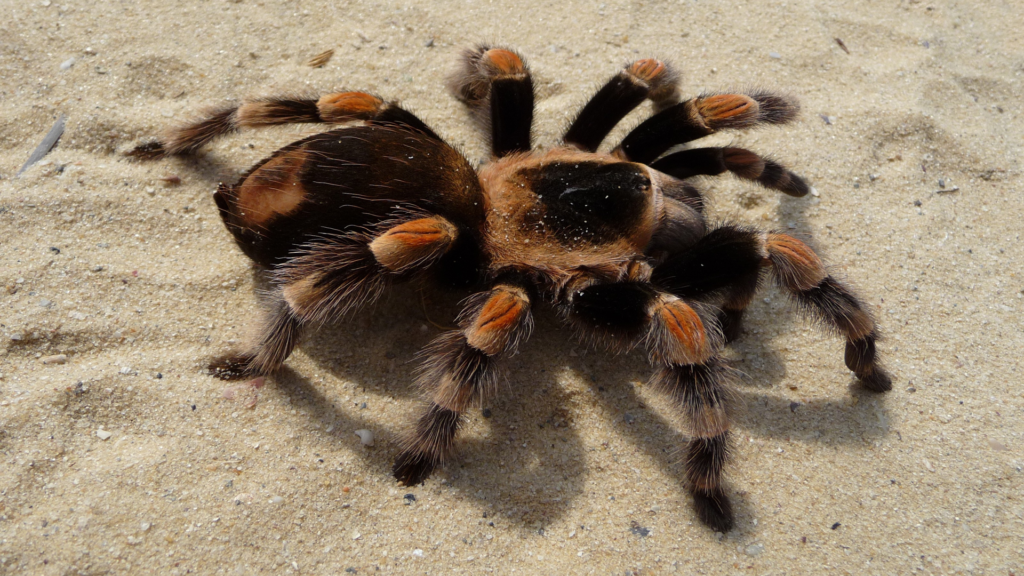
Tarantulas are one of the most resilient arachnids, able to regenerate legs lost during molting. If a tarantula loses a limb, a new leg grows back with each molt until it reaches full size. This ability is vital for survival, as it helps them recover from predator attacks or accidents.
50. The Bombardier Beetle Shoots Boiling Chemicals at Attackers
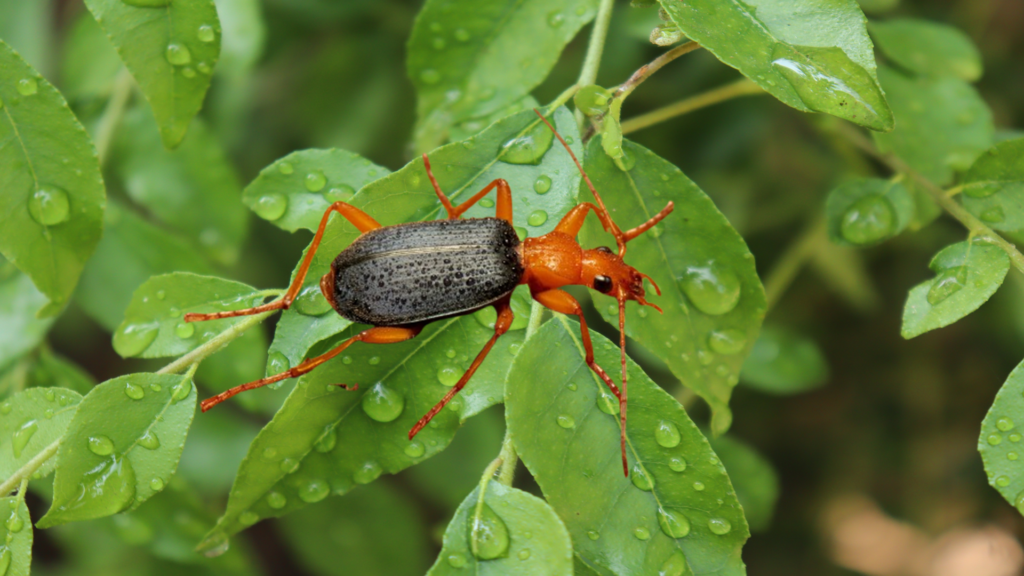
The bombardier beetle has one of the most unique defense systems in the insect world. When it feels threatened, it sprays a boiling hot chemical mixture from its abdomen. This reaction, in which two chemicals are mixed in a special chamber, produces a loud popping sound and a cloud of steam, which scares away predators.
Bonus Animal Facts: Myth vs. Reality
The animal kingdom often has myths and misconceptions that have been passed down for generations. While some of these are harmless, others misrepresent animals’ amazing abilities. In this bonus section, let’s bring out the truth by debunking common animal myths and sharing the interesting truths behind them.
51. Myth: Goldfish Have a Three-Second Memory
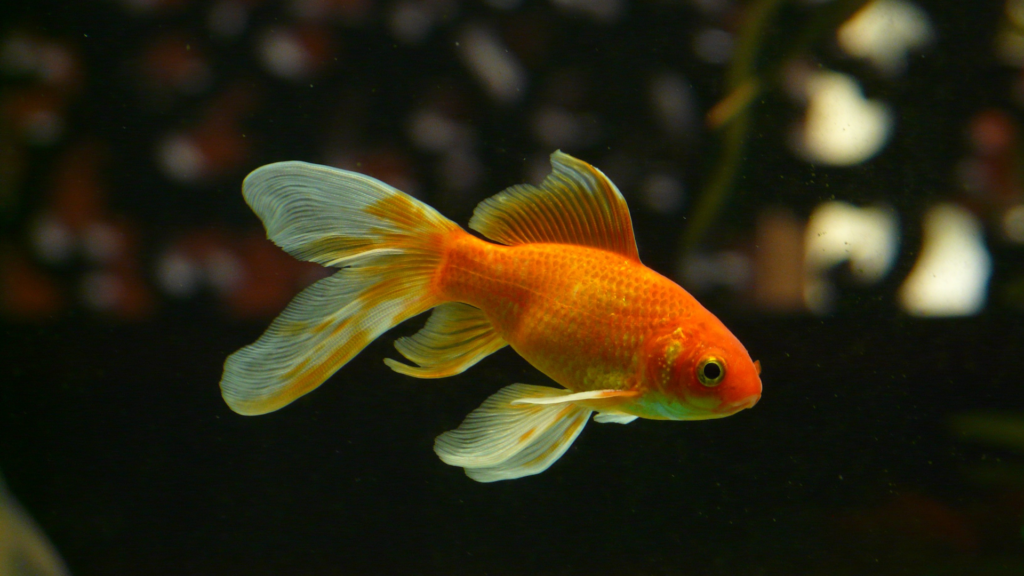
Reality: Goldfish have a great memory that can last for months, not seconds. Studies show that they can be trained to recognize patterns, solve puzzles, and even associate sounds with meal times. Their cognitive abilities are far more advanced than myths would suggest, making them far more intelligent than they are often given credit for.
52. Myth: Bats Are Blind
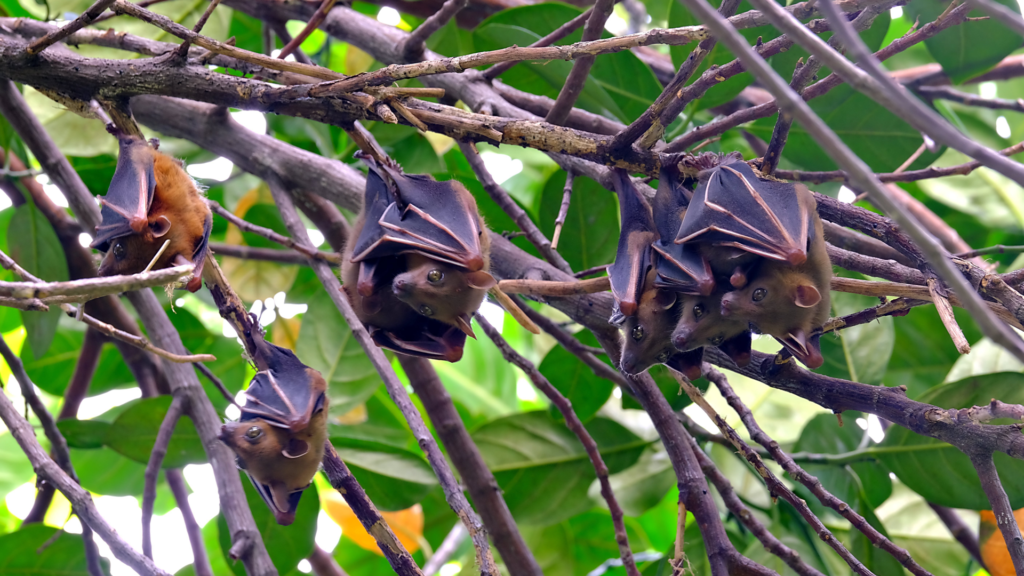
Reality: The saying “blind as a bat” is far from the truth. Bats have very good eyesight, especially in low light. While they rely heavily on echolocation to navigate and hunt in the dark, their eyes play an important role during dusk and dawn when visibility is still possible.
53. Myth: Ostriches Hide Their Heads in the Sand when they're Scared
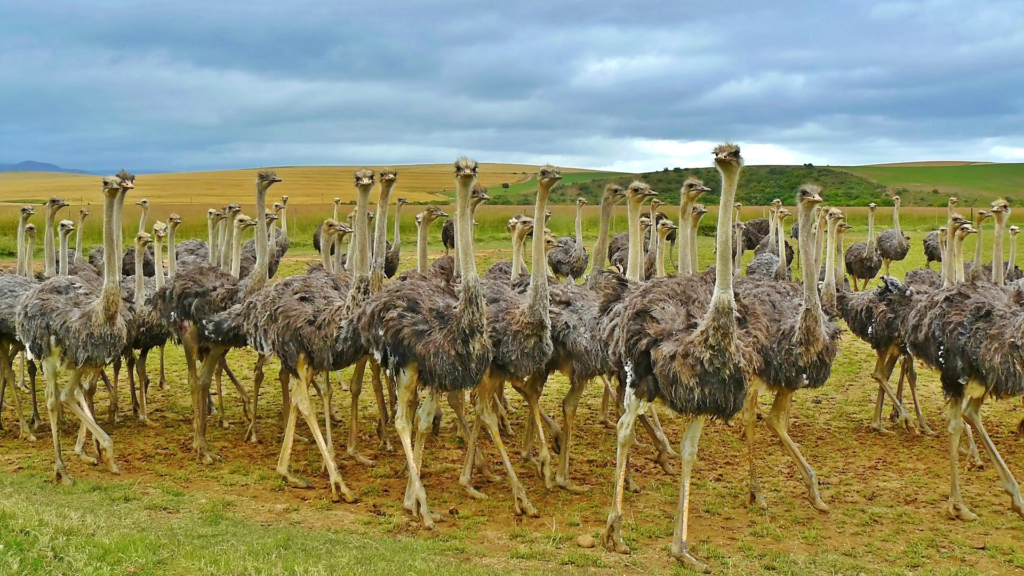
Reality: Contrary to common belief, ostriches do not bury their heads in the sand; this is a myth. When threatened, they lie flat on the ground and use their natural camouflage to blend into the surroundings. The misconception likely arose because ostriches lower their heads to turn eggs or eat from the ground, making it seem as if they’re burying them.
54. Myth: Bulls Hate the Color Red
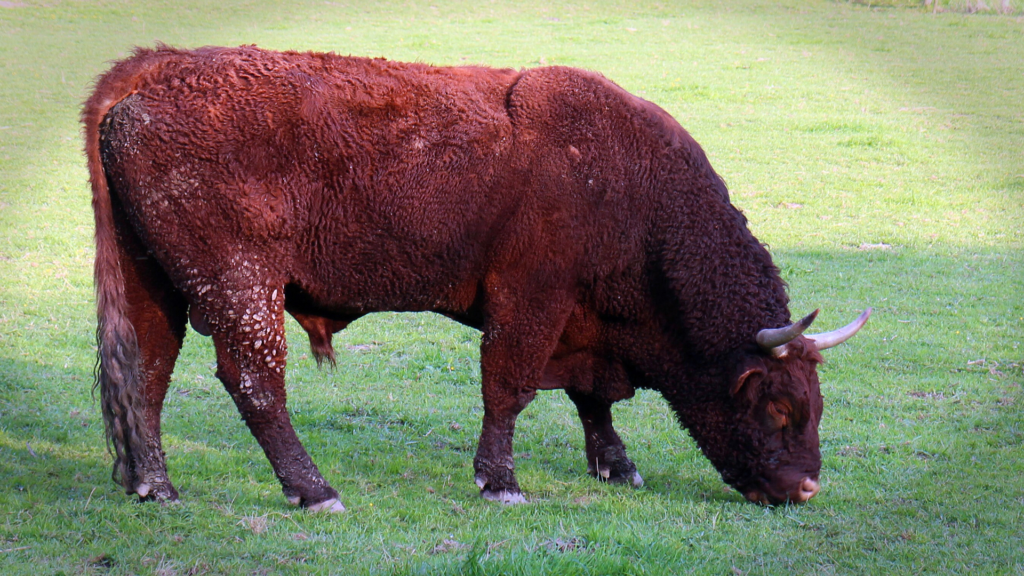
Reality: Bulls are blind to the color red! The aggressive behavior of the bull seen during a bullfight is not due to the color of the matador’s cape but due to the movement of the cloth. Bulls are more sensitive to movement than color, which is what triggers their aggressive behavior.
55. Myth: Touching a Baby Bird Will Make Its Mother Abandon It
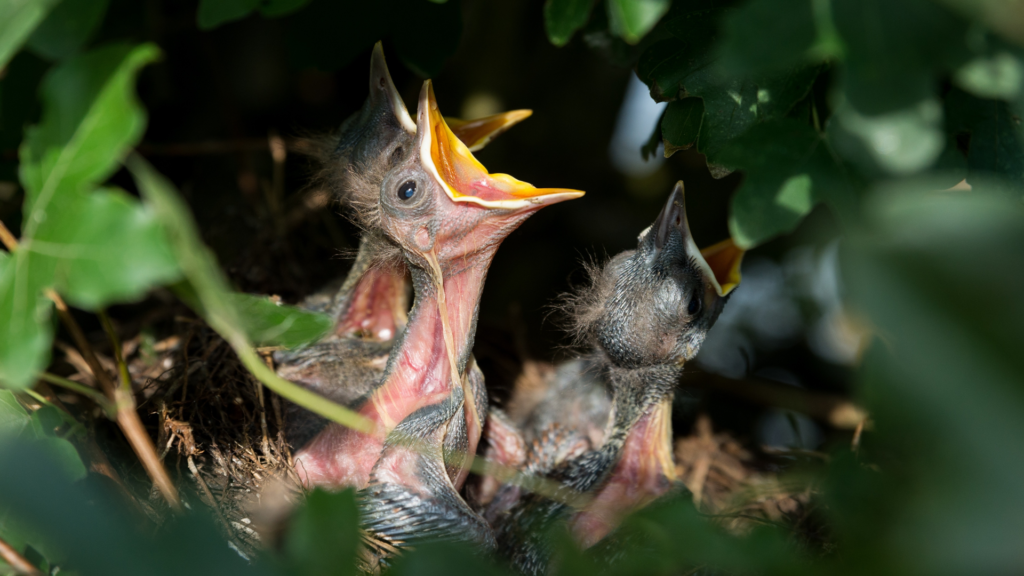
Reality: Birds have a poor sense of smell, so touching a baby will not cause the mother to reject it. However, unless they are in immediate danger, it is best to leave baby birds alone, as their parents are usually nearby and continue to care for them.
56. Myth: Camels Store Water in Their Humps
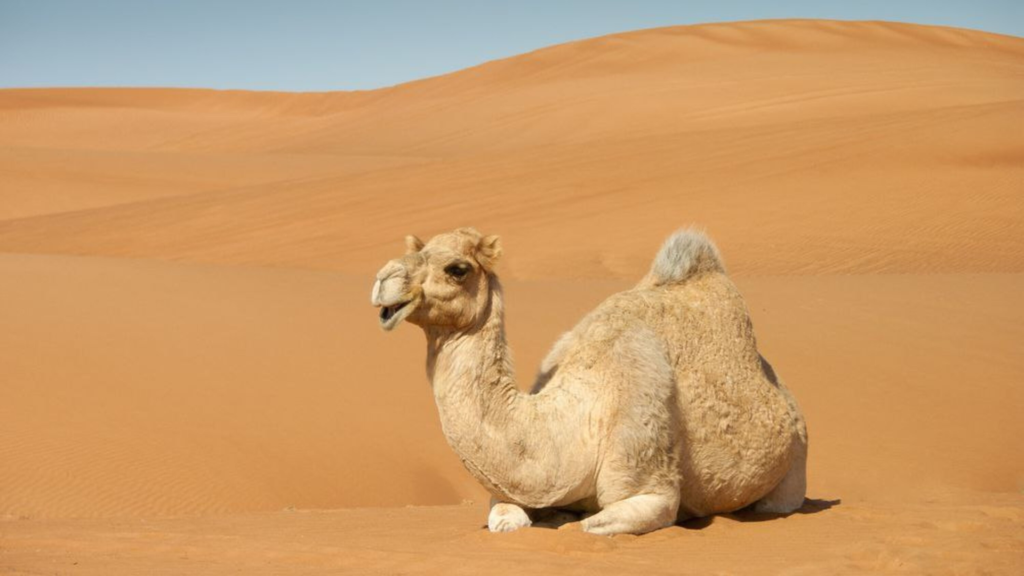
Reality: A camel’s hump doesn’t store water – it’s actually a store of fat. This fat provides energy when food is scarce, allowing the camel to survive long periods without eating. Their water-saving adaptations include highly efficient kidneys and the ability to lose up to 25% of their body weight in water without dehydration.
57. Myth: Daddy Longlegs Are the Most Venomous Spiders
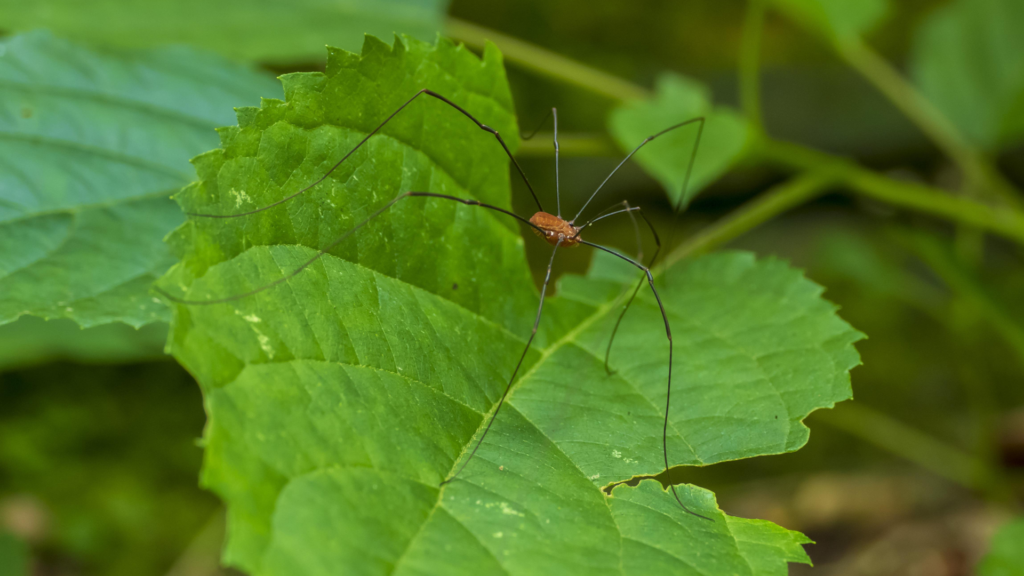
Reality: The creature commonly known as “daddy longlegs” is not actually a spider, nor is it venomous. Daddy longlegs are actually a type of arachnid known as a harvestman. Even true daddy longlegs spiders have venom that is harmless to humans, and their fangs are not strong enough to pierce human skin.
58. Myth: Sharks Will Die If They Stop Swimming
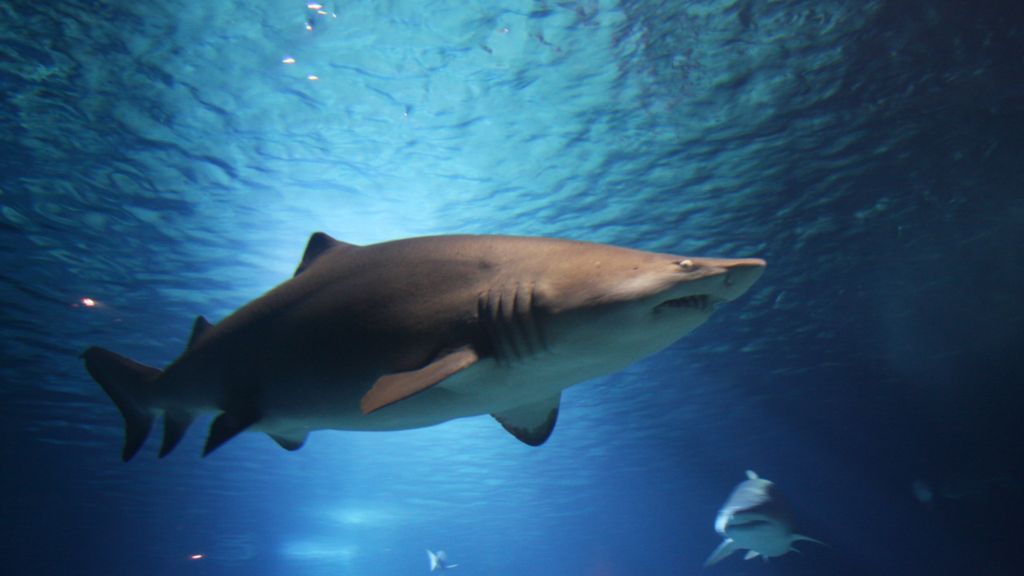
Reality: While it’s true that some sharks, such as the great white, need to be constantly moving to push water through their gills for oxygen, many species of shark can remain stationary and breathe even while resting. Bottom-dwelling sharks, such as nurse sharks, use a process called buccal pumping to draw water into their mouths and over their gills.
59. Myth: Lemmings Commit Mass Suicide by Jumping Off Cliffs
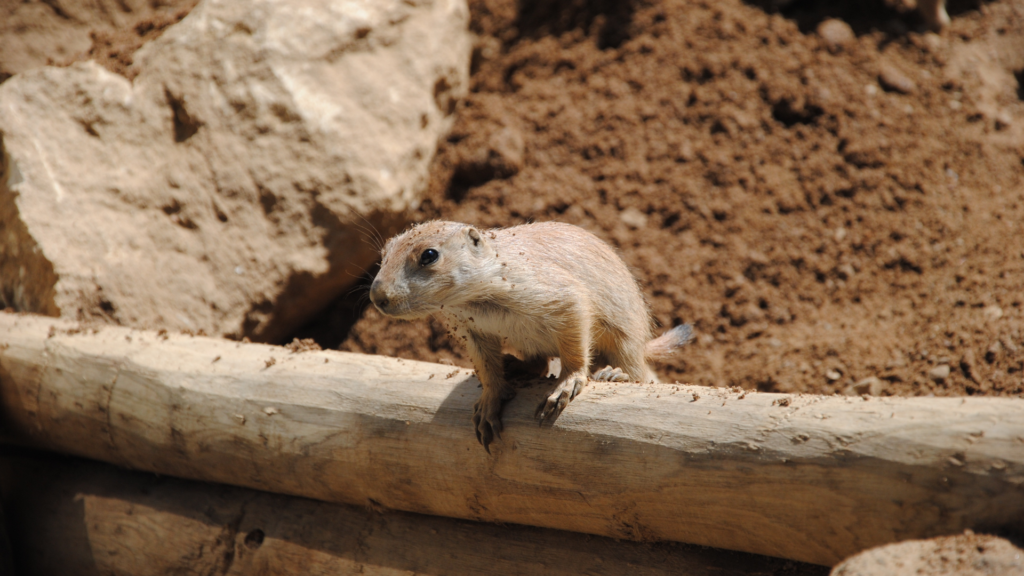
Reality: This myth was popularized by a staged scene in a 1958 documentary. Lemmings do not intentionally jump off cliffs or commit mass suicide. Their occasional mass migrations may cause accidents, but these are the result of overpopulation and the search for new habitats, not suicidal tendencies.
60. Myth: Dogs See Only in Black and White

Reality: Dogs can see color, although their color vision is not as pronounced as that of humans. Dogs have dichromatic vision. So dogs can see blue and yellow colors, but red and green appear as shades of gray. This limited range of colors doesn’t stop them from being highly sensitive to their surroundings through motion and brightness.
The animal kingdom is an endless source of wonder and inspiration, filled with creatures that amaze us with their incredible abilities, unique adaptations, and surprising behavior. From the depths of the ocean to the highest mountain peaks, animals demonstrate the power of evolution and the diversity of life on Earth.
In this journey through more than 50 mind-blowing animal facts, we’ve uncovered some of the most fascinating aspects of mammals, birds, reptiles, amphibians, insects, and marine life. From octopuses with three hearts to monarch butterflies that travel thousands of miles, these facts remind us of the complexity and beauty of the natural world.
We’ve also dispelled common myths, such as the idea that goldfish have short memories or ostriches bury their heads in the sand. These truths help us better understand and respect the creatures that share our planet.
The more we learn about animals, the more we realize how intertwined we are with them and the ecosystems they live in. Whether it’s appreciating the hard work of bees or marveling at the bioluminescence of fireflies, these facts encourage us to preserve and cherish the incredible diversity of life around us.
What’s Your Favorite Animal Fact?
Now that you’ve explored this collection of amazing facts, we’d love to hear from you! Share your favorite animal facts in the comments or tell us about an animal behavior that has always fascinated you. Let us continue celebrating the wonders of the animal kingdom together!
Also Read This: Top 20 Astonishing Random History Facts That Will Blow Your Mind
You may like this : 300 Random Animal Facts





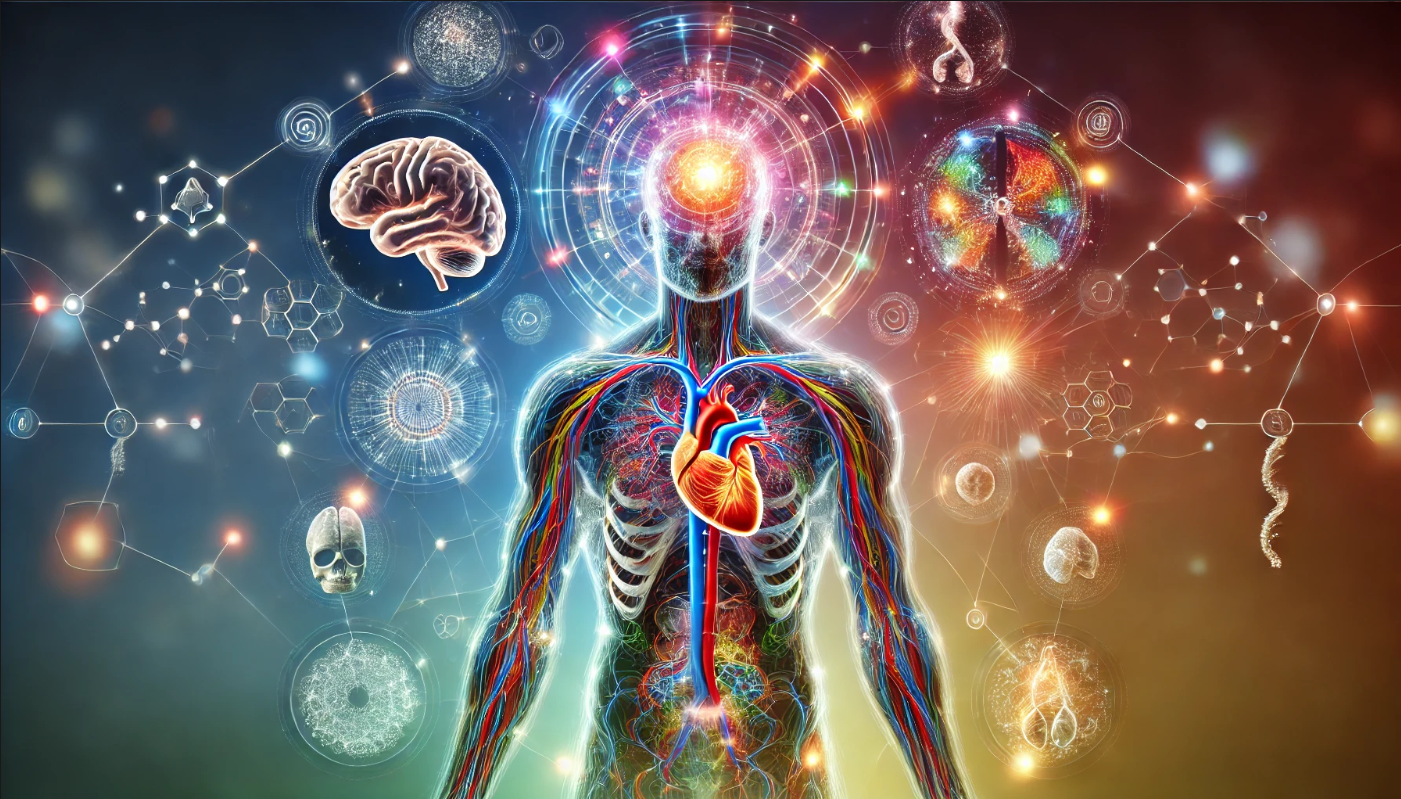
Leave a Reply